Types of Natural Stone: Complete Guide for Designers

Nearly every american designer has encountered the challenge of choosing the perfect natural stone for a new project. With more than 90 percent of natural stone used in american construction sourced from both domestic and international quarries, the variety and complexity can be striking. Knowing the origins and unique characteristics of each stone type empowers professionals to craft spaces that stand out with genuine beauty, resilience, and lasting value.
Table of Contents
- Defining Natural Stone Materials And Origins
- Major Types Of Natural Stone Explained
- Unique Properties And Performance Factors
- Design Applications In Residential And Commercial Spaces
- Comparing Natural Stone To Alternative Surfaces
- Cost, Maintenance, And Common Selection Mistakes
Key Takeaways
| Point | Details |
|---|---|
| Natural Stone Classification | Natural stones are classified into igneous, sedimentary, and metamorphic types, each impacting their properties and uses. |
| Unique Properties | The mineral composition of natural stones influences performance, durability, and aesthetic appeal, making proper material selection essential. |
| Application Versatility | Natural stones like granite, marble, and limestone offer diverse applications in both residential and commercial spaces, adapting to various design needs. |
| Cost and Maintenance Considerations | Understanding the cost, maintenance needs, and common selection mistakes is crucial for long-term satisfaction in natural stone usage. |
Defining Natural Stone Materials and Origins
Natural stone represents an extraordinary class of geological materials with diverse origins and remarkable characteristics, formed through complex geological processes over millions of years. According to the U.S. Geological Survey, dimension stone encompasses natural rock materials carefully quarried and processed to specific sizes and shapes, offering designers and architects a rich palette of materials for architectural and decorative applications.
From a geological perspective, natural stones are primarily classified into three fundamental rock types: igneous, sedimentary, and metamorphic. As detailed by Getty Conservation Institute, each category emerges through distinct formation processes that significantly influence their physical properties, durability, and aesthetic qualities. Igneous rocks like granite form from cooled magma, sedimentary stones like limestone develop through compressed organic materials and mineral deposits, while metamorphic stones such as marble result from intense heat and pressure transforming existing rock structures.
The geological journey of natural stone begins deep within the Earth’s crust, where temperature, pressure, mineral composition, and environmental conditions collaborate to create unique materials. These stones carry inherent variations in color, texture, and structural integrity, making each piece a singular work of natural artistry. Understanding these origins helps designers appreciate the complexity behind every marble tile, travertine surface, or stone mosaic they select for their projects.
- Igneous Stones: Formed from cooled magma, characterized by high durability
- Sedimentary Stones: Created through compression of organic materials and minerals
- Metamorphic Stones: Transformed by heat and pressure from existing rock structures
For designers seeking authentic, high-quality natural stone materials, Surfaces Galore offers an extensive collection of premium marble, travertine, and natural stone tiles that showcase the beautiful complexity of these extraordinary geological formations.
Major Types of Natural Stone Explained
Natural stone presents a diverse and fascinating world of geological materials, each with unique characteristics and design potential. According to the Natural Stone Institute, designers and architects can choose from an impressive range of natural stone varieties, including granite, marble, onyx, serpentine, sandstone, quartzite, slate, soapstone, travertine, limestone, and dolomitic limestone, each offering distinct aesthetic and functional properties.
From the perspective of geological classification, University of Connecticut Earth Sciences highlights three primary categories of natural stone that form the foundation of material selection: sedimentary, igneous, and metamorphic stones. Sedimentary stones like limestone and sandstone emerge from compressed layers of organic materials and mineral deposits, characterized by their softer textures and unique stratified appearances. Igneous stones such as granite form through volcanic cooling processes, renowned for their exceptional durability and crystalline structures. Metamorphic stones like marble and slate undergo transformative heat and pressure, resulting in dense, often beautifully veined materials prized for their sophisticated appearance.
Each stone type brings remarkable qualities to design projects, making material selection a nuanced art form.
- Granite: Extremely durable, ideal for high-traffic areas
- Marble: Luxurious, with intricate veining and smooth surfaces
- Limestone: Soft aesthetic with muted color variations
- Slate: Robust with natural slip-resistant qualities
For designers seeking premium natural stone selections that showcase these extraordinary materials, Surfaces Galore offers an extensive collection of meticulously curated marble, travertine, and natural stone options to elevate any architectural vision.
Unique Properties and Performance Factors
Understanding the intricate properties of natural stone requires a deep dive into their mineral composition and geological characteristics. According to Use Natural Stone, the mineral content of natural stones plays a critical role in determining their overall performance, durability, and aesthetic appeal. Minerals like quartz and feldspar serve as fundamental building blocks that significantly influence a stone’s structural integrity and visual characteristics.
Each natural stone type exhibits unique performance factors that make it suitable for specific design applications. Porosity emerges as a crucial consideration, directly impacting a stone’s ability to resist moisture, staining, and environmental degradation. Harder stones like granite, rich in quartz and feldspar, demonstrate exceptional resistance to wear and scratching, making them ideal for high-traffic areas and exterior applications. In contrast, softer stones such as limestone and marble require more careful maintenance and are better suited for low-traffic interior spaces where their aesthetic qualities can be fully appreciated.
The thermal and structural properties of natural stones further differentiate their potential applications. Some stones, like slate, offer remarkable temperature stability and natural slip resistance, making them perfect for outdoor pathways and pool surrounds. Marble, with its distinctive veining and smooth surface, provides unparalleled elegance for interior design elements such as countertops, floors, and decorative features.
![]() The nuanced variations in density, thermal conductivity, and compression strength mean that designers must carefully match stone types to their intended environmental conditions and performance requirements.
The nuanced variations in density, thermal conductivity, and compression strength mean that designers must carefully match stone types to their intended environmental conditions and performance requirements.
- Hardness: Determines scratch and wear resistance
- Porosity: Influences moisture absorption and staining potential
- Thermal Stability: Affects performance in different environmental conditions
- Mineral Composition: Dictates overall stone characteristics
For designers seeking premium natural stone materials that balance performance and aesthetic excellence, Surfaces Galore offers an expertly curated collection of stones that meet the most demanding design specifications.
Design Applications in Residential and Commercial Spaces
Natural stone represents a versatile design material with extraordinary potential across diverse architectural environments. According to Architecture Courses, selecting the appropriate stone type is crucial for achieving both aesthetic excellence and functional performance in residential and commercial design applications.
In residential spaces, natural stones create transformative design experiences that elevate living environments. Marble emerges as a premier choice for luxurious kitchen countertops, elegant bathroom vanities, and statement floor installations, offering unparalleled visual sophistication. Granite provides robust performance for high-traffic kitchen surfaces, while travertine delivers warm, inviting textures perfect for living room floors and exterior patios. Slate’s natural slip resistance makes it ideal for pool surrounds and outdoor walkways, demonstrating the material’s remarkable adaptability.

Commercial design applications demand even more strategic stone selection, with durability and aesthetic consistency taking center stage. Granite and quartzite excel in lobby floors, reception areas, and high-traffic corridors due to their exceptional wear resistance. Marble creates stunning architectural statements in corporate headquarters, hotel lobbies, and museum spaces, where its sophisticated veining communicates elegance and prestige. Limestone offers a softer, more understated aesthetic suitable for corporate environments seeking a refined, neutral design palette.
- Residential Applications: Kitchen counters, bathroom vanities, floors
- Commercial Applications: Lobby floors, reception areas, architectural features
- Performance Considerations: Wear resistance, aesthetic consistency, durability
- Design Versatility: Adaptable across multiple design contexts
For designers seeking premium natural stone selections that bridge aesthetic beauty and functional performance, Surfaces Galore offers an expertly curated collection of stones to transform residential and commercial spaces.
Comparing Natural Stone to Alternative Surfaces
The selection of surface materials represents a critical design decision that extends far beyond aesthetic considerations. According to Use Natural Stone, the mineral composition of natural stones provides inherent advantages that synthetic alternatives struggle to replicate, making them a superior choice for discerning designers and homeowners seeking authenticity and long-term performance.
When comparing natural stone to alternative surfaces like engineered quartz, porcelain, and laminate, several key differentiators emerge. Natural stone offers unparalleled uniqueness, with each slab presenting distinctive veining, color variations, and textural nuances that manufactured materials cannot authentically reproduce. Granite and marble, for instance, provide organic depth and character that engineered surfaces fundamentally lack. While synthetic materials might offer consistent patterns and lower initial costs, they cannot match the timeless elegance and individual character of natural stone, which actually increases in value and aesthetic appeal as it ages.
Performance metrics further distinguish natural stone from alternative surfaces. Granite and quartzite demonstrate exceptional durability, with superior resistance to scratching, heat, and daily wear compared to engineered materials. Marble, despite being softer, offers remarkable longevity when properly sealed and maintained. Synthetic surfaces often rely on artificial treatments to achieve similar performance characteristics, whereas natural stone’s resilience emerges from its inherent geological formation. Porcelain and engineered quartz might provide easier maintenance, but they cannot replicate the thermal stability, natural cooling properties, and structural integrity of authentic stone materials.
- Uniqueness: Natural stone offers unmatched individual character
- Durability: Superior resistance to wear and environmental factors
- Aesthetic Value: Increases over time, unlike synthetic surfaces
- Performance: Inherent strength from geological formation
For designers and homeowners seeking authentic, high-performance surface materials that transcend temporary design trends, Surfaces Galore provides an extraordinary collection of natural stone options that represent true design excellence.
Cost, Maintenance, and Common Selection Mistakes
Navigating the complex landscape of natural stone selection requires a strategic approach that balances aesthetic desires with practical considerations. According to Architecture Courses, understanding the nuanced cost implications and maintenance requirements is crucial for making informed design decisions that prevent costly mistakes and ensure long-term satisfaction.
Initial investment in natural stone might appear higher compared to synthetic alternatives, but designers must consider the long-term value proposition. Granite and quartzite, while demanding a premium price, offer exceptional durability that translates to reduced replacement costs over decades. Marble, though more delicate, provides unparalleled aesthetic value when properly maintained. Common selection mistakes often emerge from overlooking critical factors such as stone porosity, environmental exposure, and specific maintenance protocols. Selecting a high-maintenance marble for a high-traffic commercial corridor, for instance, can lead to premature wear and substantial restoration expenses.
Maintenance strategies differ dramatically across stone types, requiring tailored approaches to preservation. Granite demands minimal upkeep with periodic sealing, while marble requires more frequent professional care, including regular polishing and careful cleaning with pH-neutral products. Designers frequently err by applying universal maintenance techniques across different stone types or neglecting initial sealing processes. Slate’s natural texture requires different cleaning methods compared to the smooth surface of polished marble, and travertine’s unique composition demands specialized treatment to preserve its characteristic appearance. Professional sealing, appropriate cleaning techniques, and understanding each stone’s inherent characteristics become paramount in maintaining its long-term beauty and structural integrity.
- Initial Cost: Varies by stone type and quality
- Long-Term Value: Durability determines true investment potential
- Maintenance Complexity: Differs across stone varieties
- Critical Considerations: Porosity, environmental exposure, sealing
For designers seeking expert guidance in selecting and maintaining premium natural stone surfaces, Surfaces Galore offers comprehensive resources and professionally curated stone collections that simplify the selection process.
Discover Premium Natural Stone Solutions Tailored to Your Design Needs
Choosing the perfect natural stone can be overwhelming given the variety of types, origins, and performance factors detailed in the article. Whether you are searching for durable granite for high-traffic commercial spaces or elegant marble for refined residential applications, the challenge lies in finding authentic stones that balance beauty with practical maintenance demands. Understanding key terms like porosity, mineral composition, and wear resistance is essential to avoid costly mistakes and ensure your project stands the test of time.
At Surfaces Galore, we specialize in providing premium natural stone materials including marble and travertine tiles that bring lasting elegance to your work.

Explore our expertly curated collection today and experience the difference authentic, high-quality stone can make. Visit Surfaces Galore to find the perfect stone that matches your design vision and performance needs now. Take the first step in elevating your project with trusted natural stone resources and guidance from industry experts at Surfaces Galore.
Frequently Asked Questions
What are the main types of natural stone?
Natural stone is primarily classified into three categories: igneous, sedimentary, and metamorphic. Igneous stones like granite form from cooled magma, sedimentary stones such as limestone are created from compressed organic materials, and metamorphic stones like marble undergo transformation from existing rock structures due to heat and pressure.
How does the mineral composition affect natural stone performance?
The mineral composition of natural stones plays a critical role in their performance. Harder stones like granite, rich in quartz and feldspar, offer high durability and scratch resistance, making them suitable for high-traffic applications. Softer stones like marble and limestone may require more maintenance and are better suited for low-traffic areas.
What are the maintenance requirements for different types of natural stone?
Maintenance varies by stone type. Granite generally requires minimal upkeep with periodic sealing. Marble, on the other hand, may need more frequent professional care, including polishing and cleaning with pH-neutral products. Understanding the specific needs of each stone type is essential for preserving its beauty and durability.
How do natural stones compare to synthetic surfaces?
Natural stones offer unique aesthetic qualities and durability that are often unmatched by synthetic surfaces. Unlike engineered materials, each natural stone slab is distinct, featuring unique veining and color variations. Natural stones like granite and marble have superior wear resistance and longevity, while synthetic materials may be less durable and lack the authentic beauty of natural stone.
Recommended
- Elevate Your Home with Natural Stone Flooring
- Outdoor Stone and Tile Ideas for Home Exteriors
- PureStone: Revolutionizing Countertop Design with Unmatched Du…
- What Is Natural Stone? Complete Guide for Designers
- Composition Des Pierres Naturelles : Guide Complet – Boutique Lithotherapie
- Origine Des Pierres Naturelles : Guide Complet – Boutique Lithotherapie

 Best Selling Marble Collections
Best Selling Marble Collections
 Arabescato Corchia
Arabescato Corchia Bardiglio
Bardiglio Bianco Dolomite
Bianco Dolomite  Carrara White
Carrara White 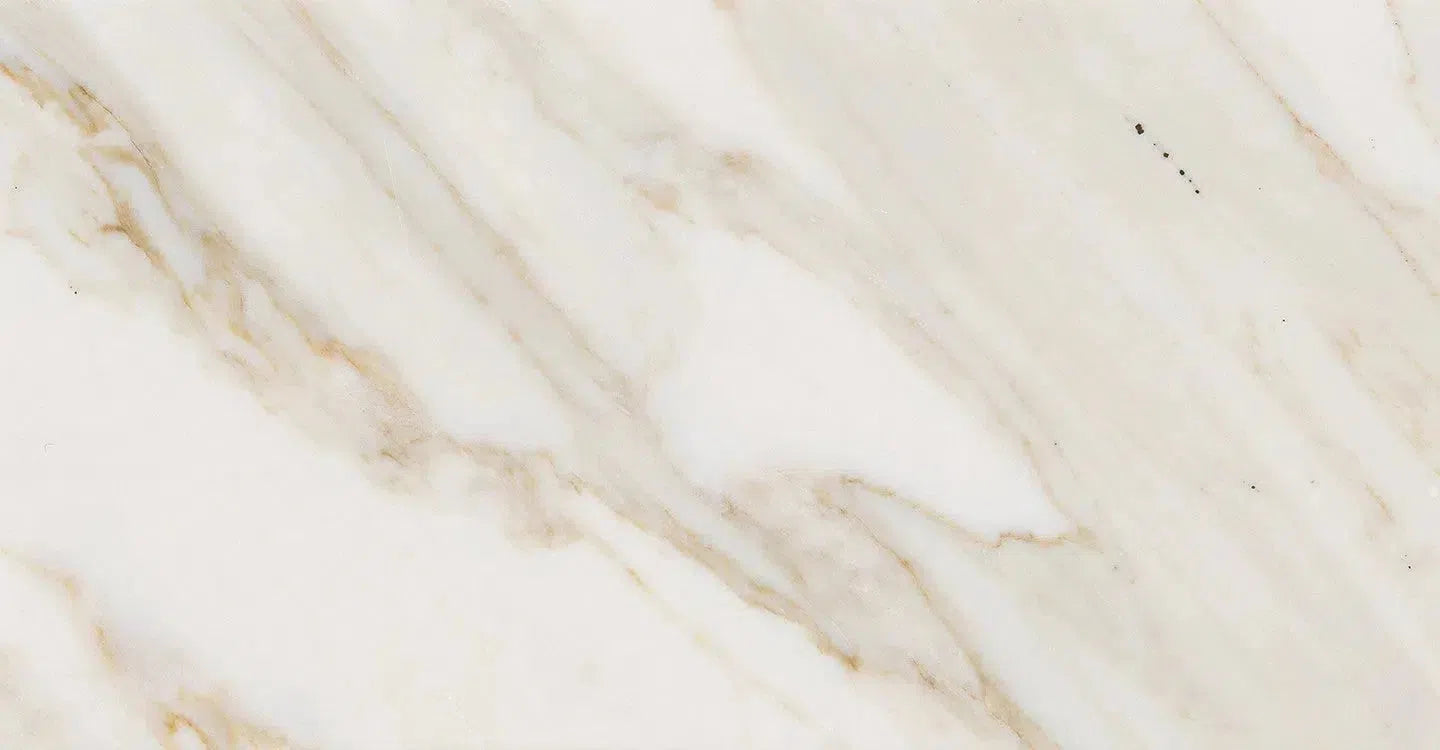 Calacatta Gold
Calacatta Gold Crema Marfil
Crema Marfil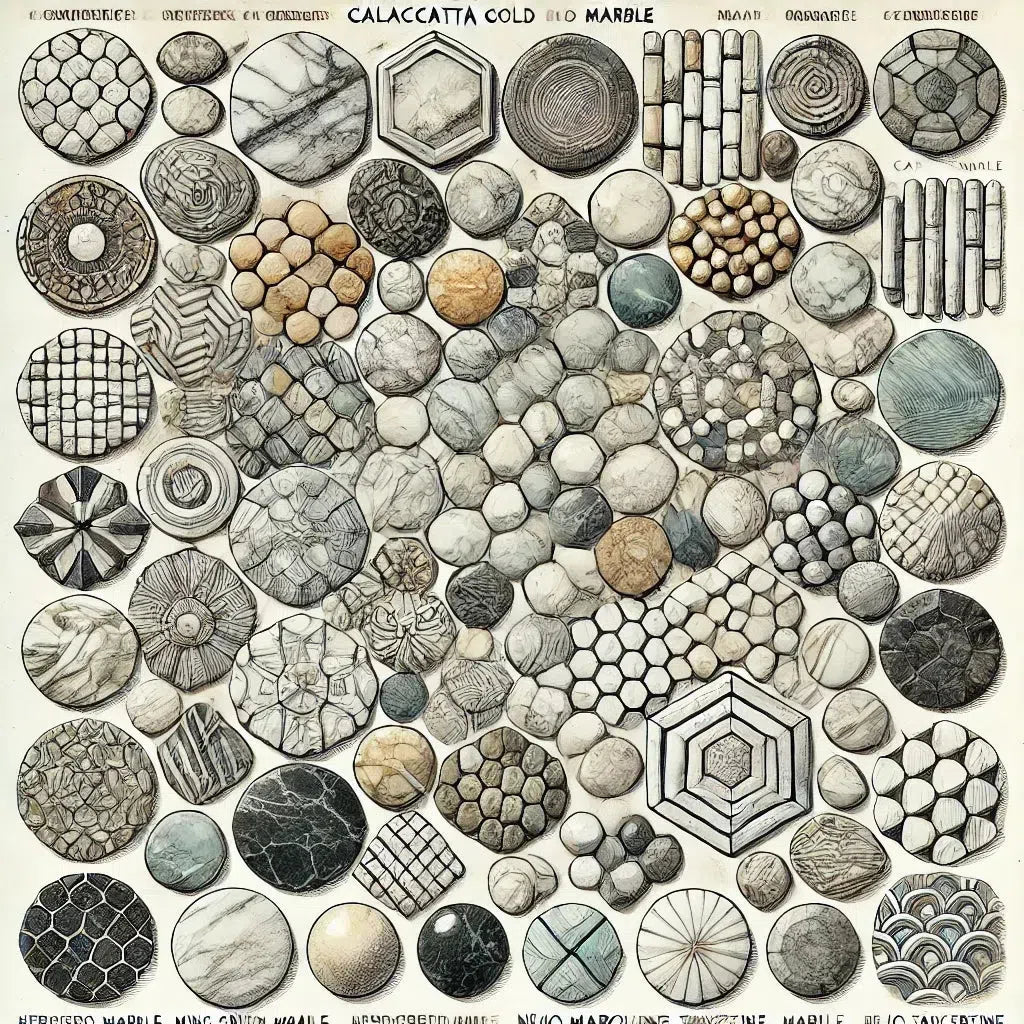 Custom Made Mosaic
Custom Made Mosaic Emperador Dark
Emperador Dark Nero Marquina
Nero Marquina Ming Green Marble
Ming Green Marble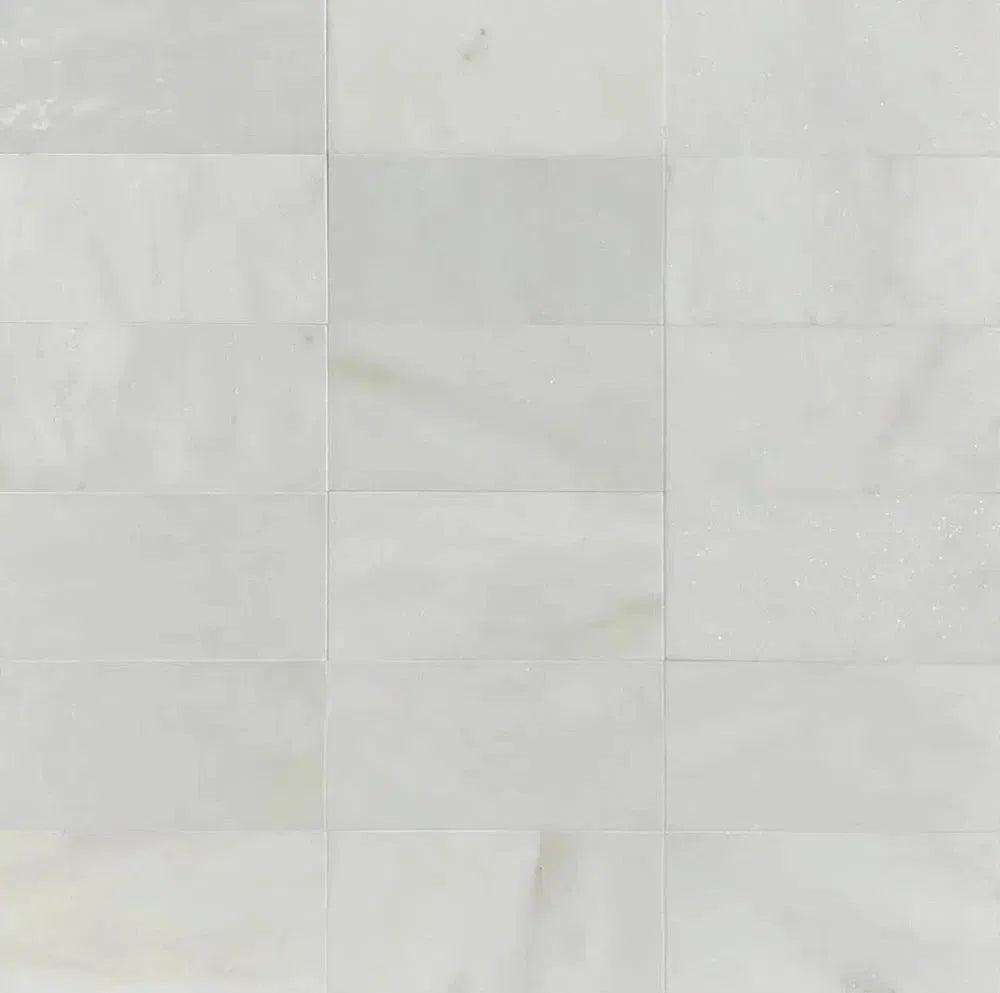 Oriental White Marble (Asian Statuary Marble)
Oriental White Marble (Asian Statuary Marble)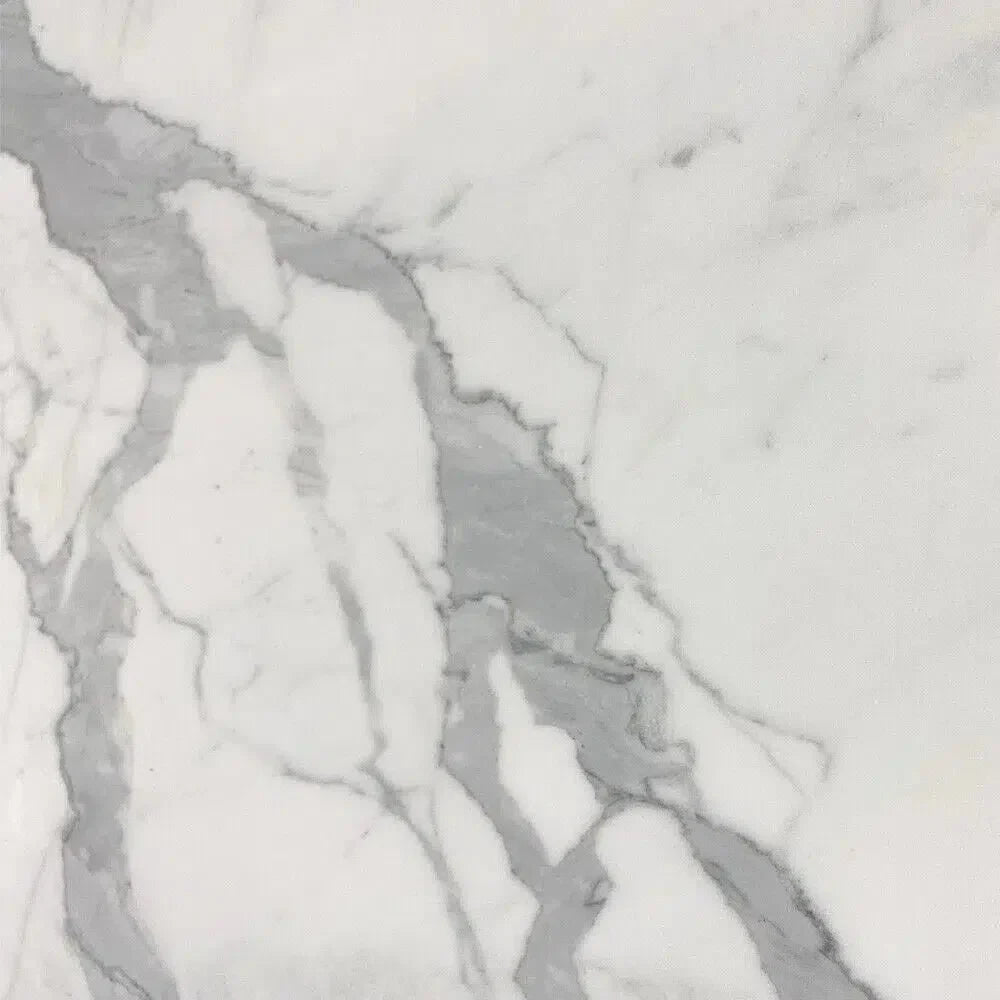 Statuary - Statuario White (Italian) Marble
Statuary - Statuario White (Italian) Marble Thassos White
Thassos White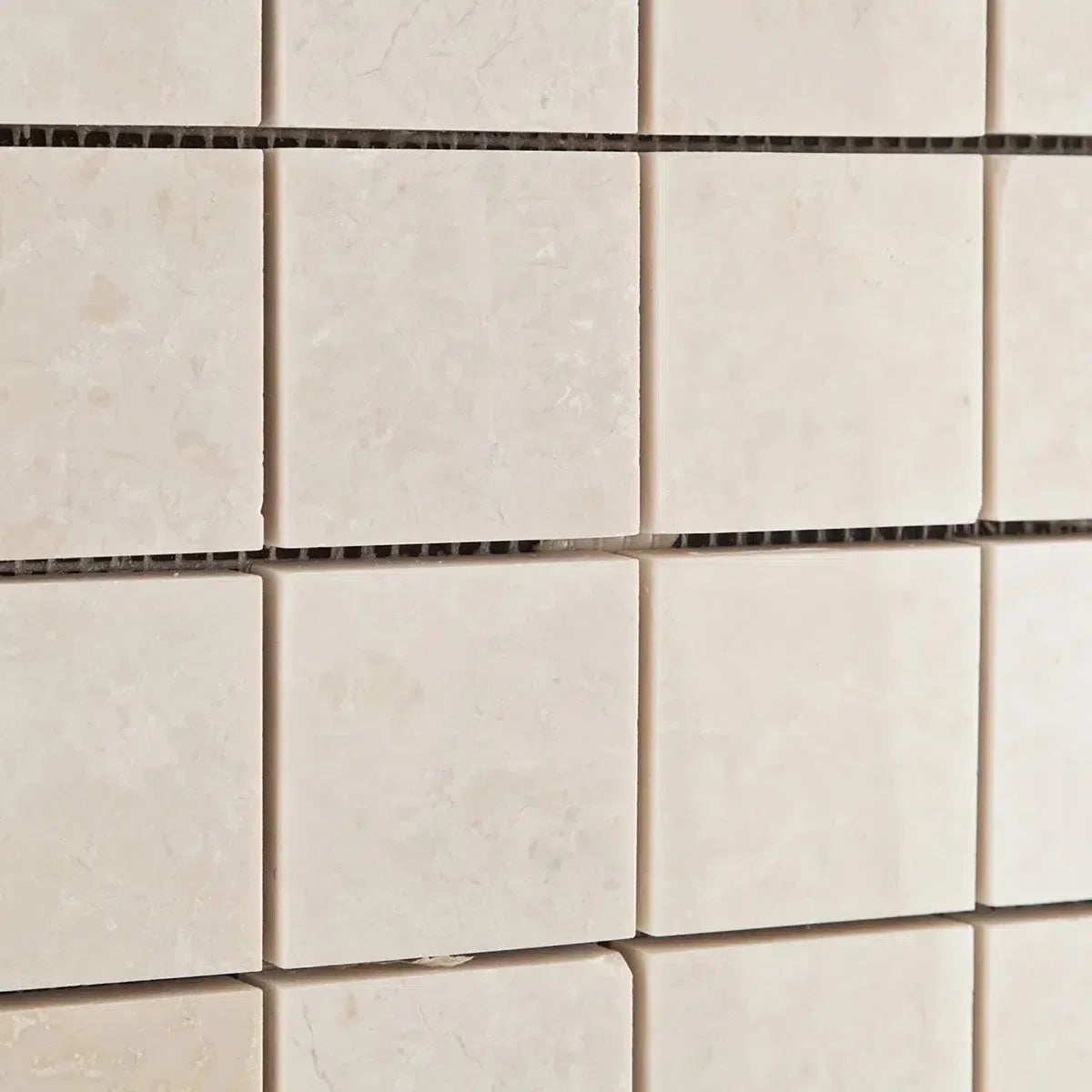 White Pearl/Botticino Beige Marble
White Pearl/Botticino Beige Marble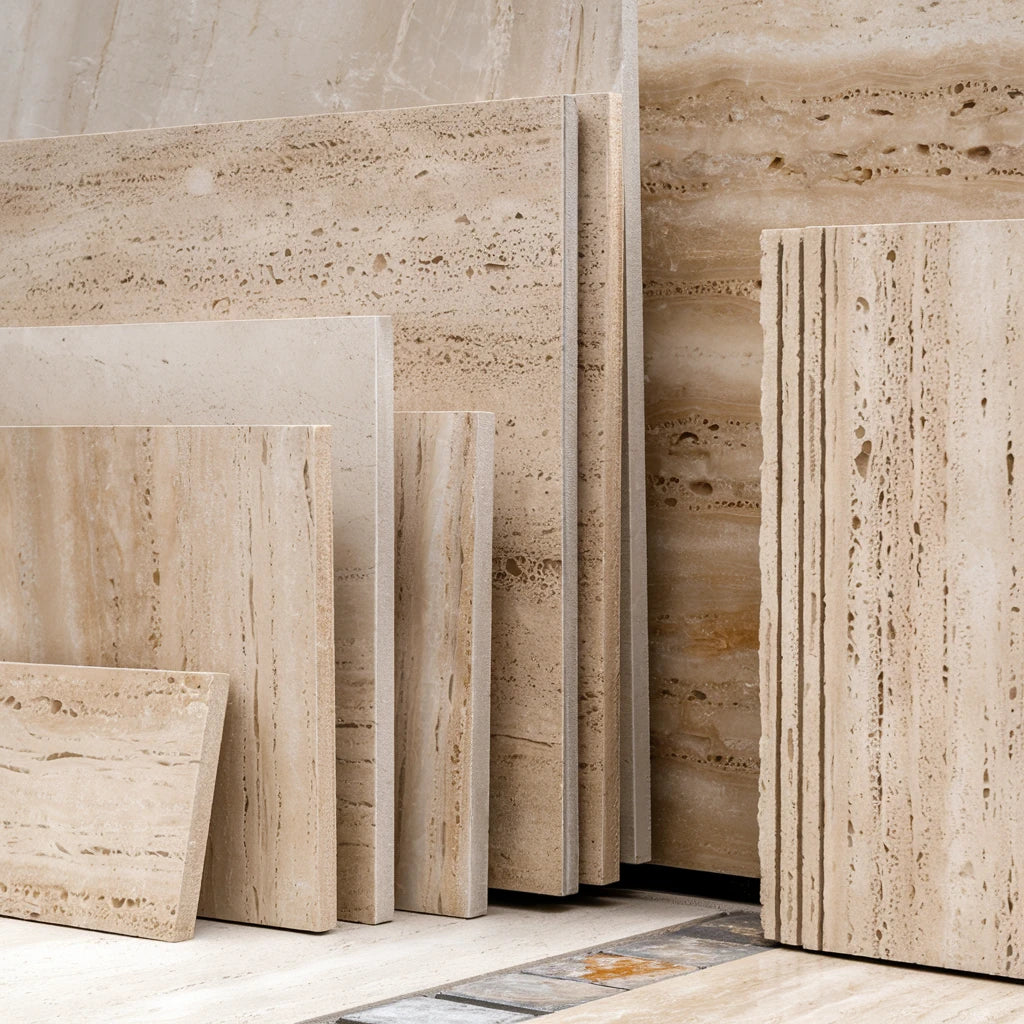 Best Selling Travertine Collections
Best Selling Travertine Collections
 Ivory Travertine
Ivory Travertine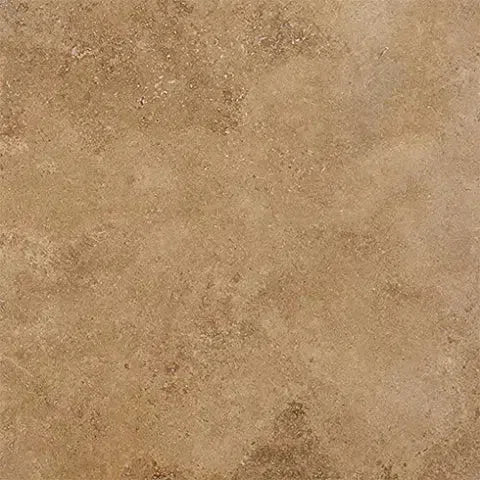 Noce Travertine
Noce Travertine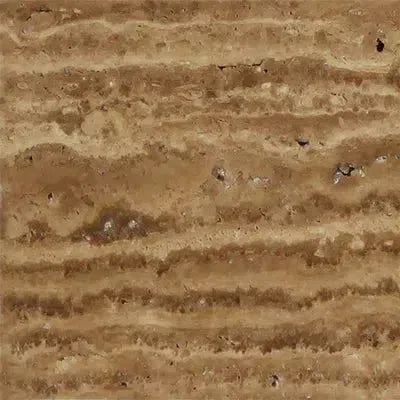 Exotic Noce Travertine
Exotic Noce Travertine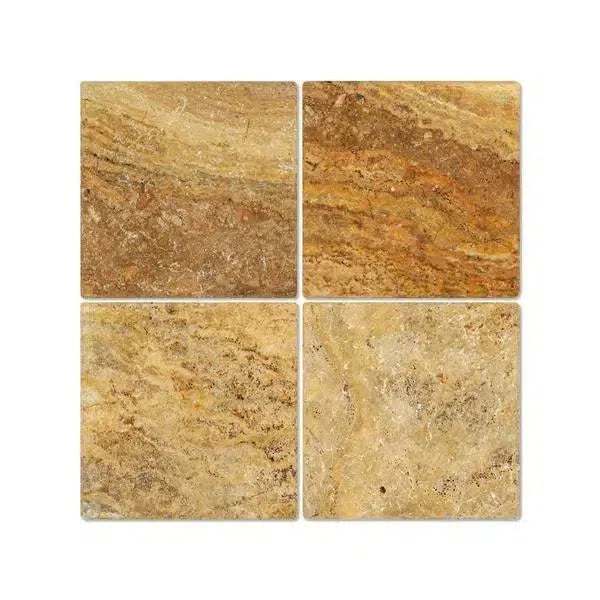 Scabos | Autumn Leaves Travertine
Scabos | Autumn Leaves Travertine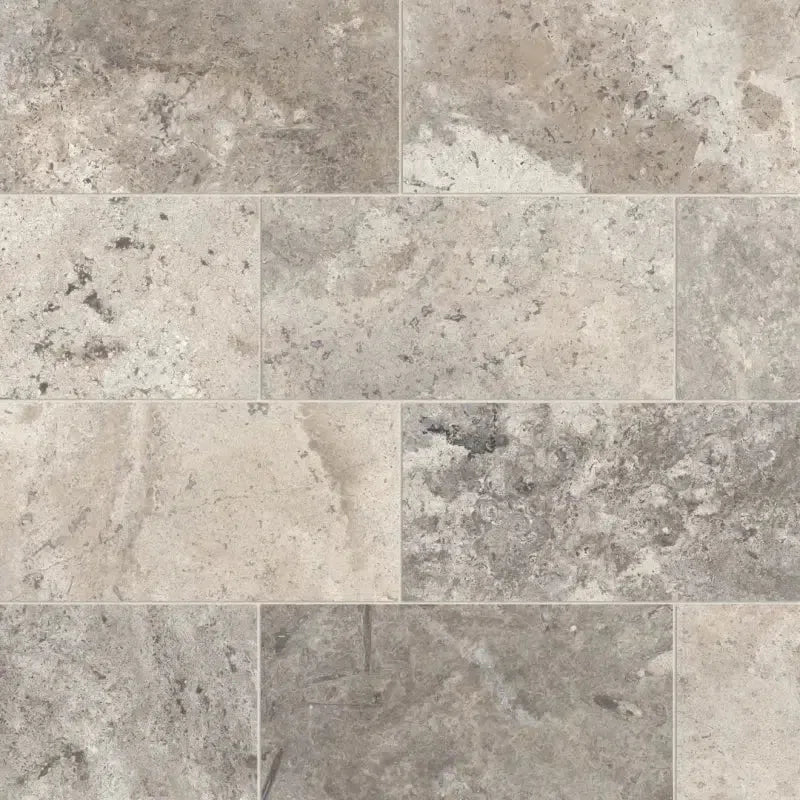 Silver Travertine
Silver Travertine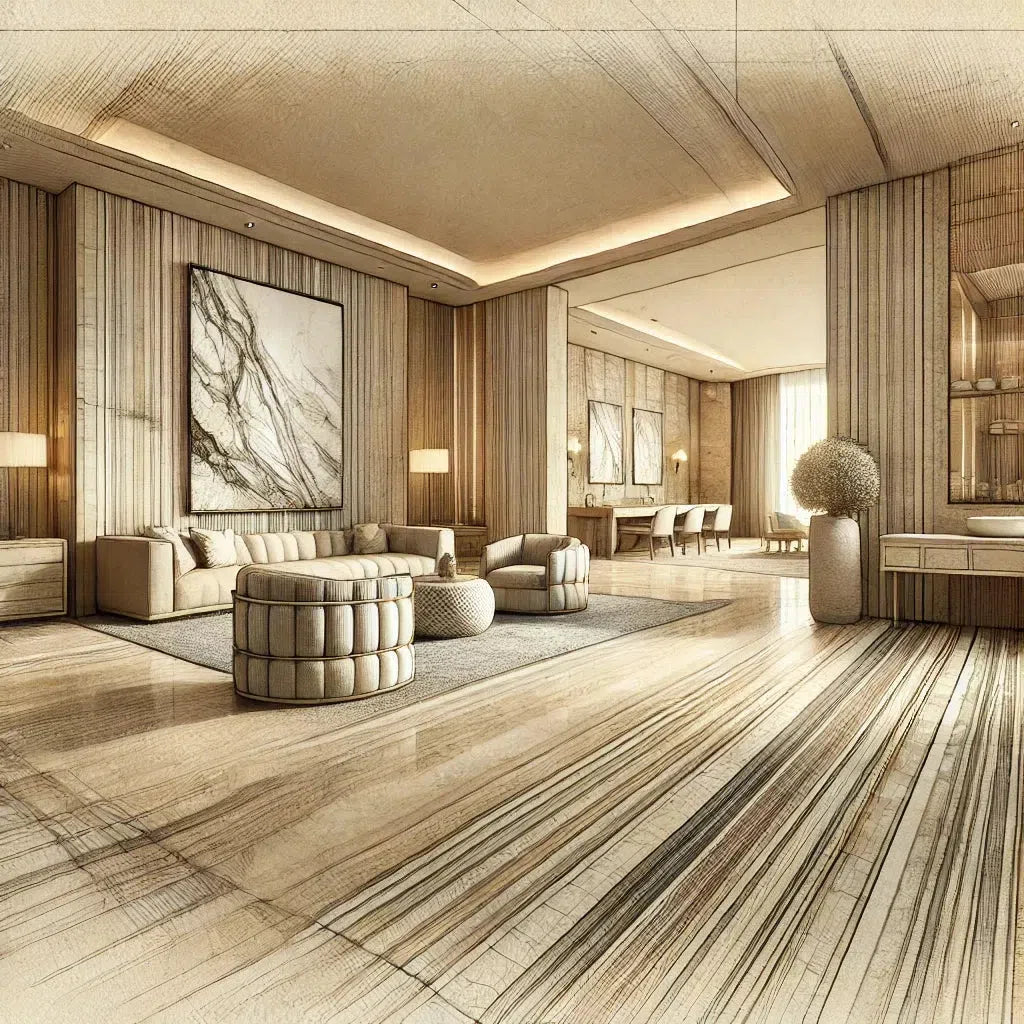 Exotic Travertine
Exotic Travertine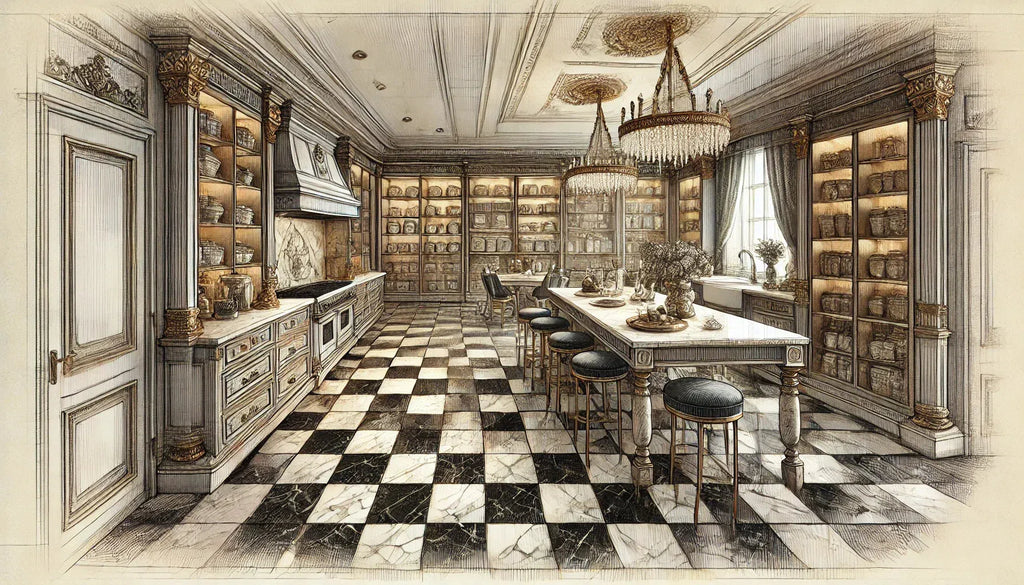 Checkerboard
Checkerboard
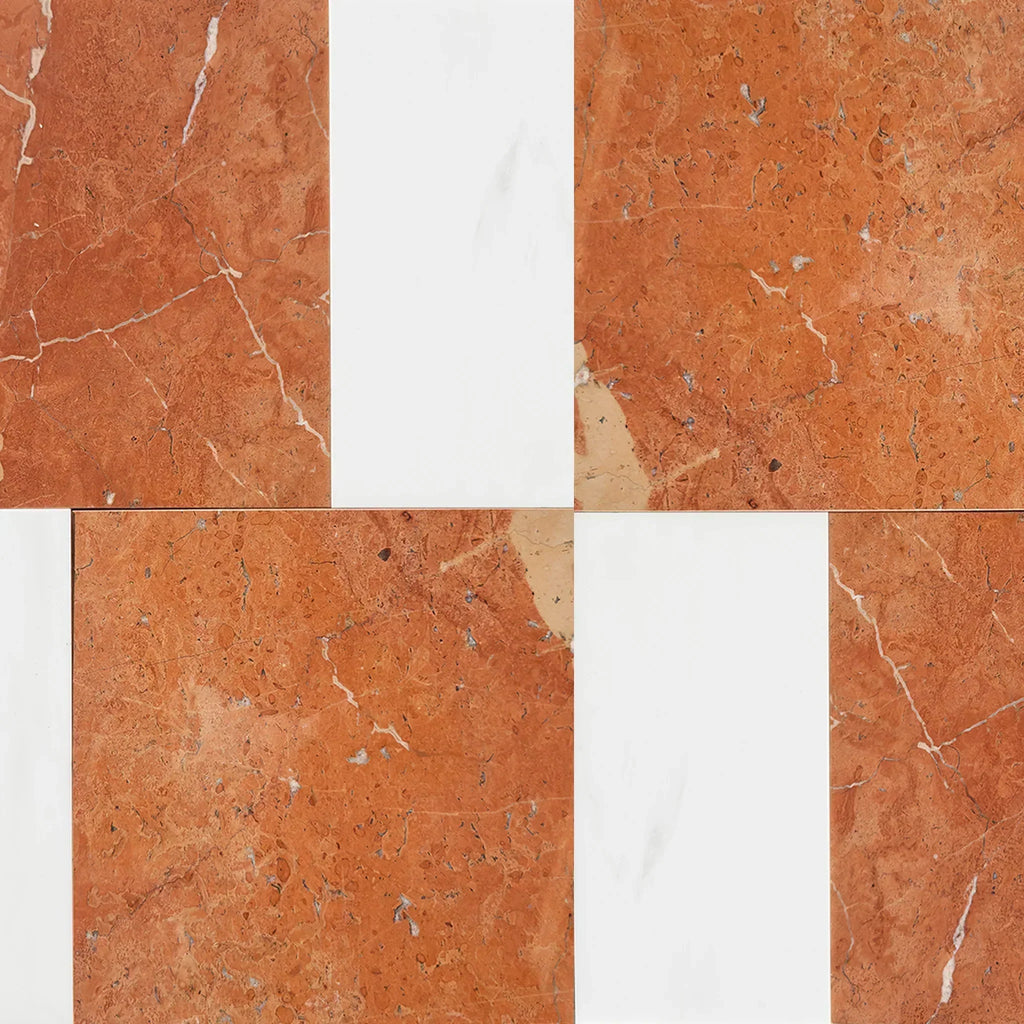 Patterned Tile
Patterned Tile
 Shop By Material
Shop By Material
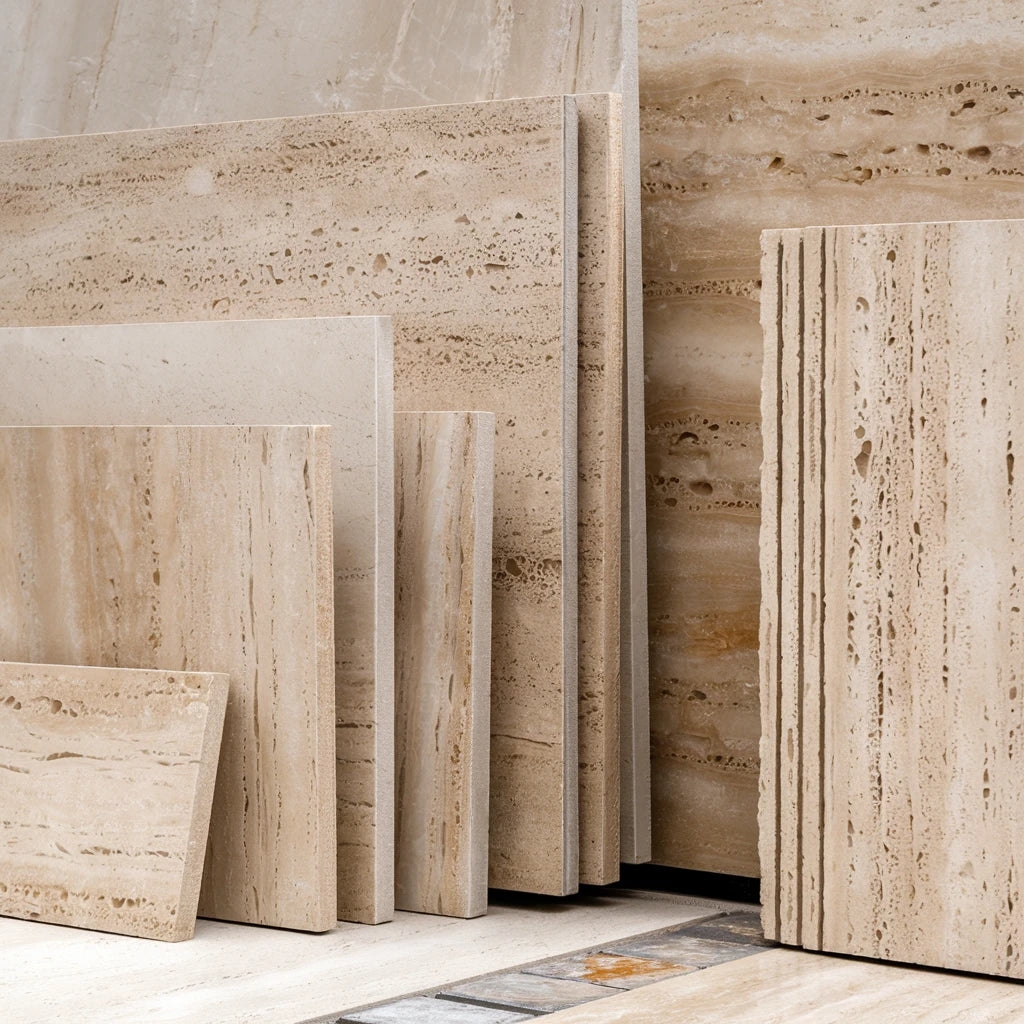 Travertine
Travertine Marble
Marble Limestone
Limestone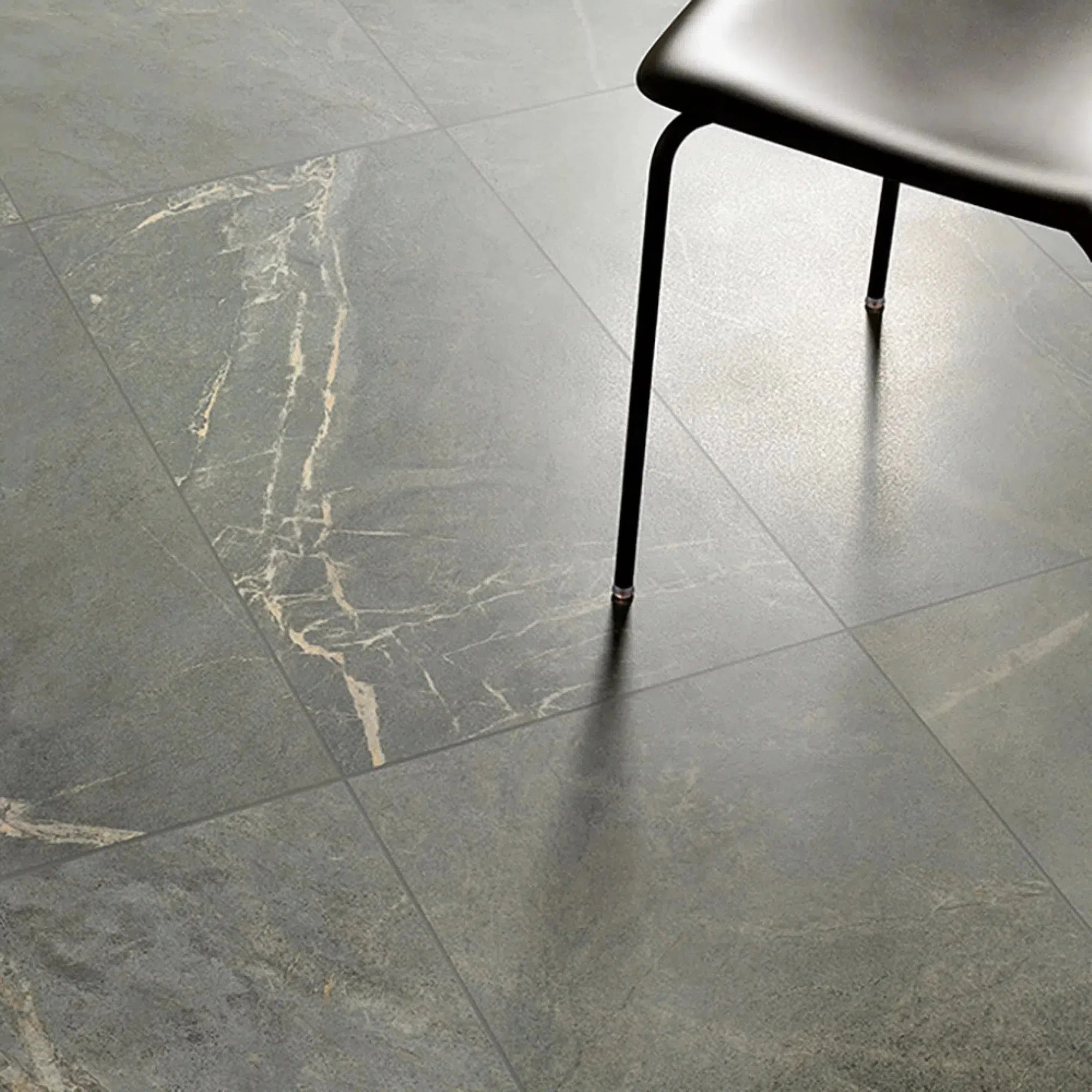 Soap Stone
Soap Stone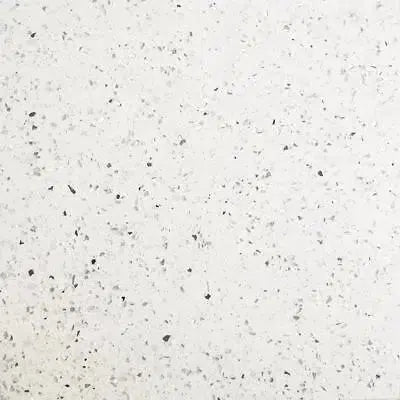 Quartz
Quartz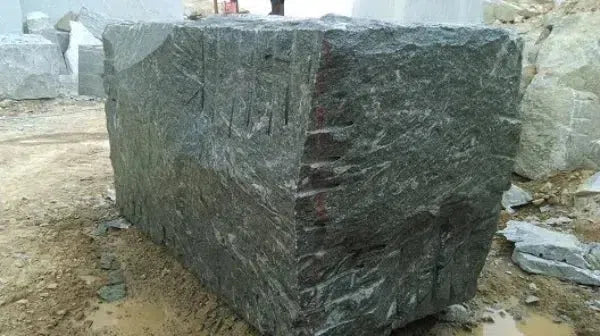 Granite
Granite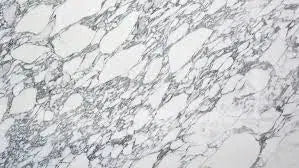 Shop By Name
Shop By Name
 Absolute Black Granite
Absolute Black Granite Atlantic Gray Marble
Atlantic Gray Marble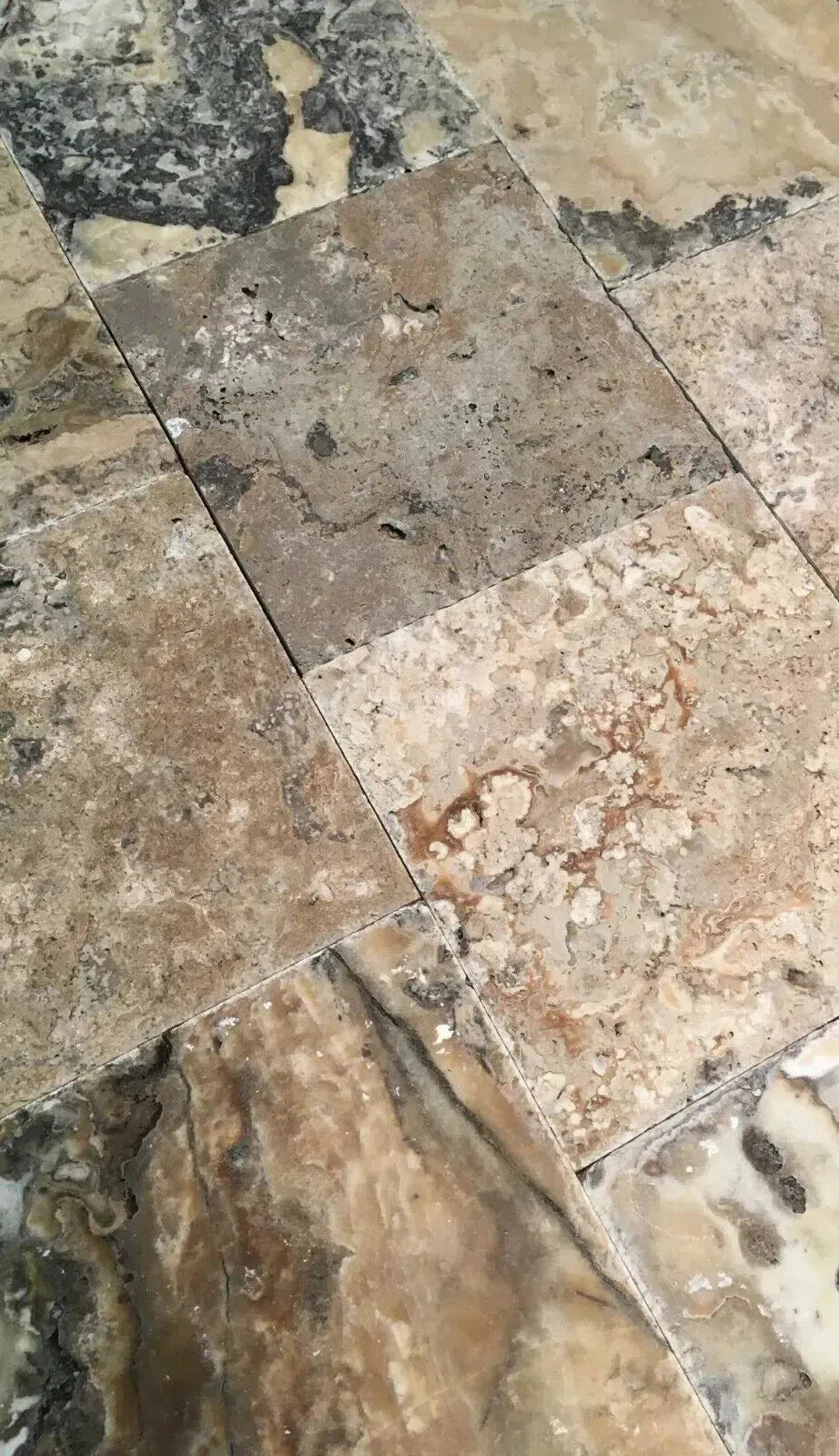 Antico Onyx Travertine
Antico Onyx Travertine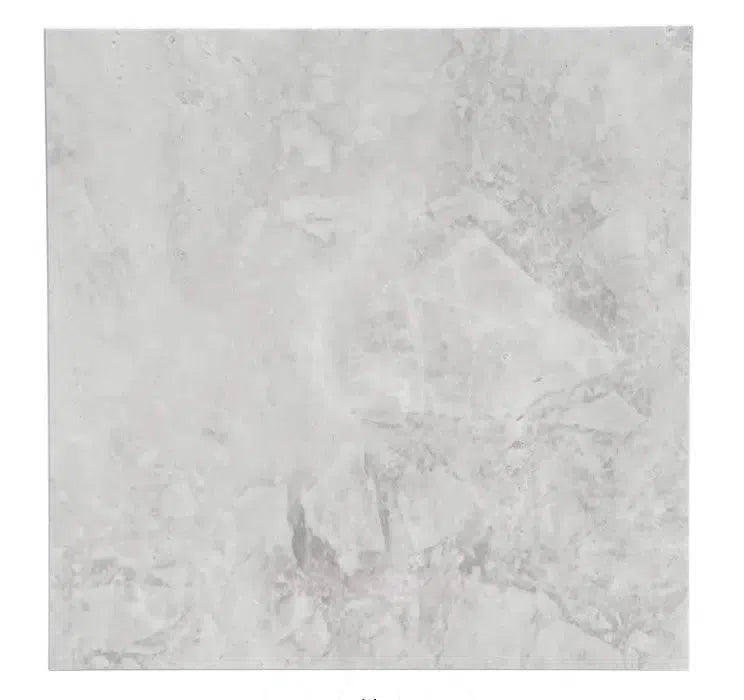 Bianco Congelato Dolomite
Bianco Congelato Dolomite Bianco Venatino (Bianco Mare) Marble
Bianco Venatino (Bianco Mare) Marble Burgundy Mocha Marble
Burgundy Mocha Marble Calacatta Verde Royale Marble
Calacatta Verde Royale Marble Cappuccino Marble
Cappuccino Marble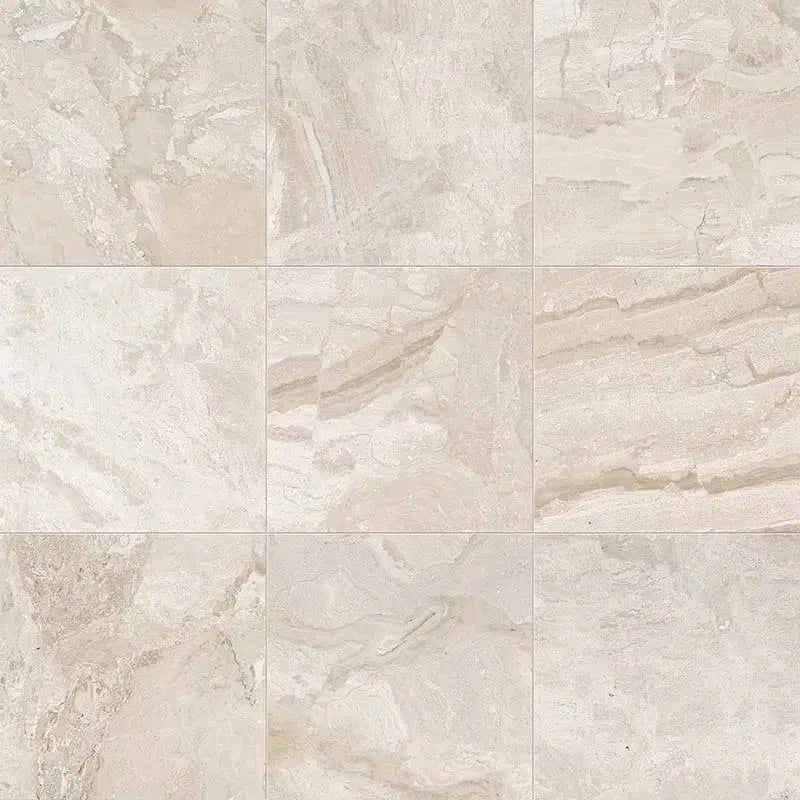 Diano Royal (Queen Beige) Marble
Diano Royal (Queen Beige) Marble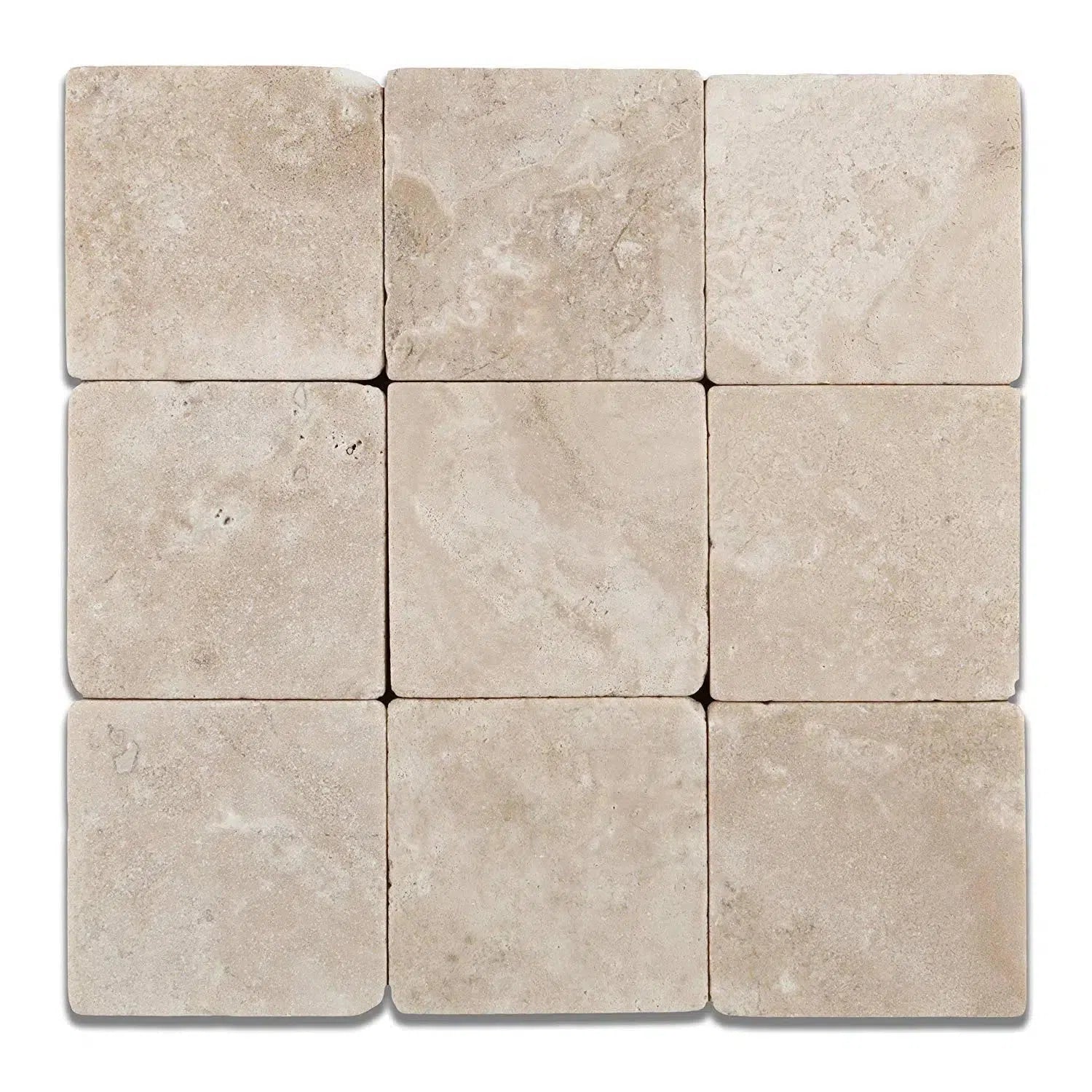 Durango Cream Traverine
Durango Cream Traverine Emperador Light Marble
Emperador Light Marble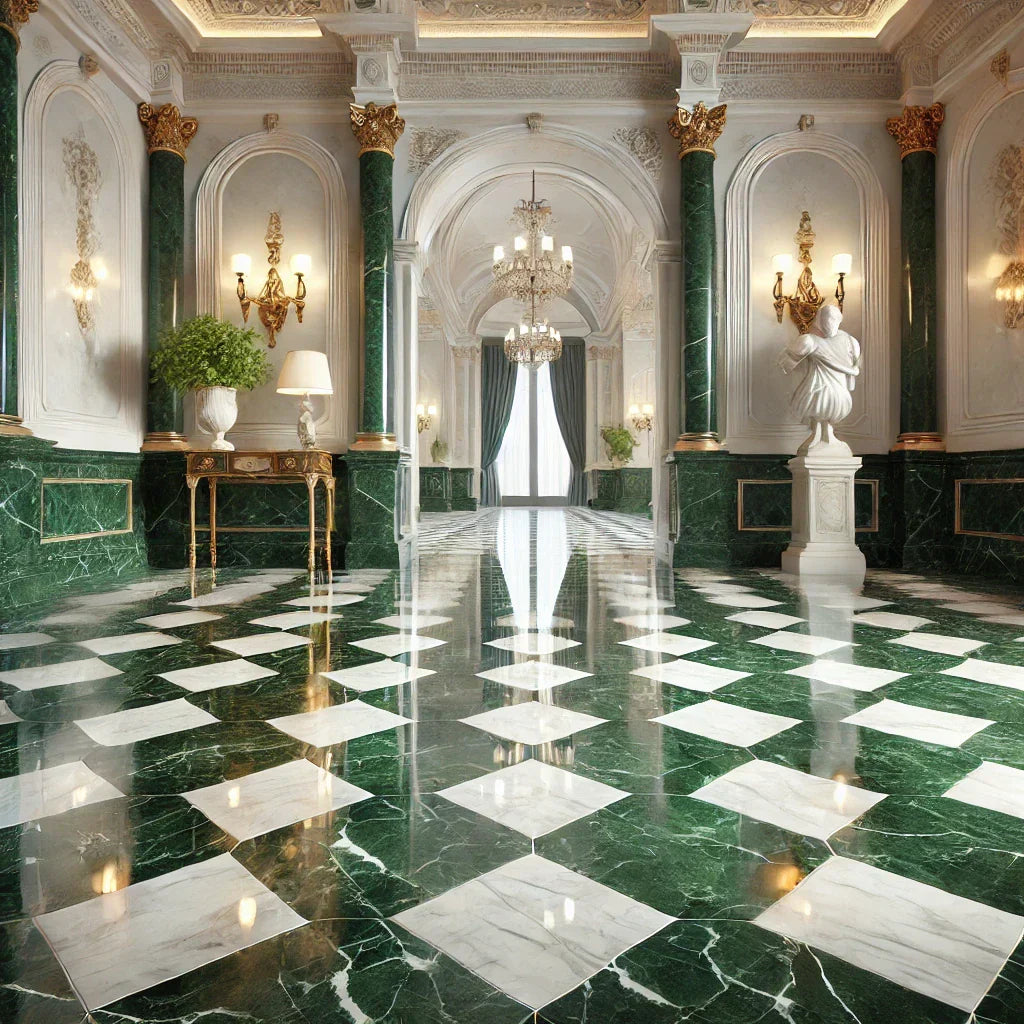 Empress Green Marble
Empress Green Marble Gold/Yellow Travertine
Gold/Yellow Travertine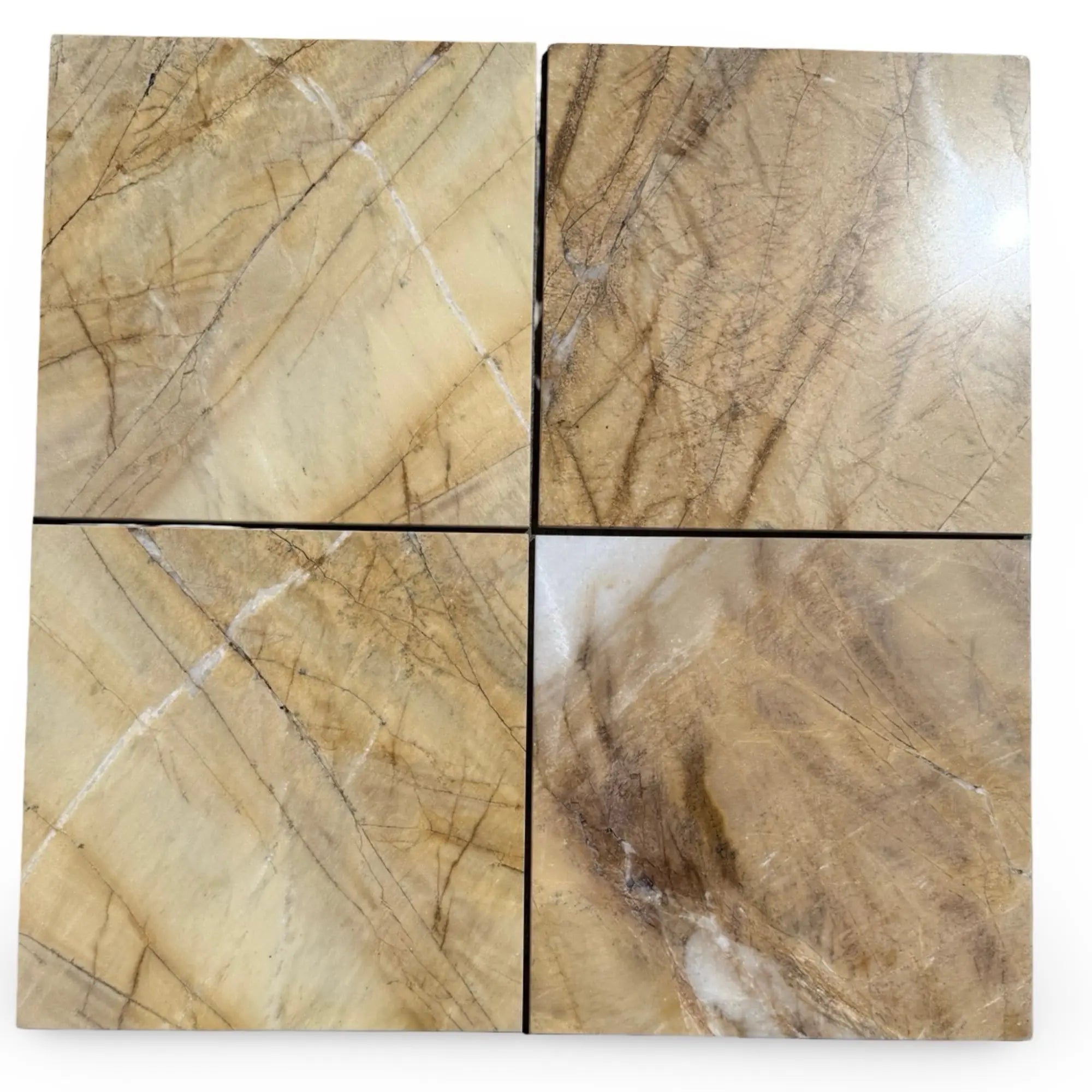 Golden Horizon Marble
Golden Horizon Marble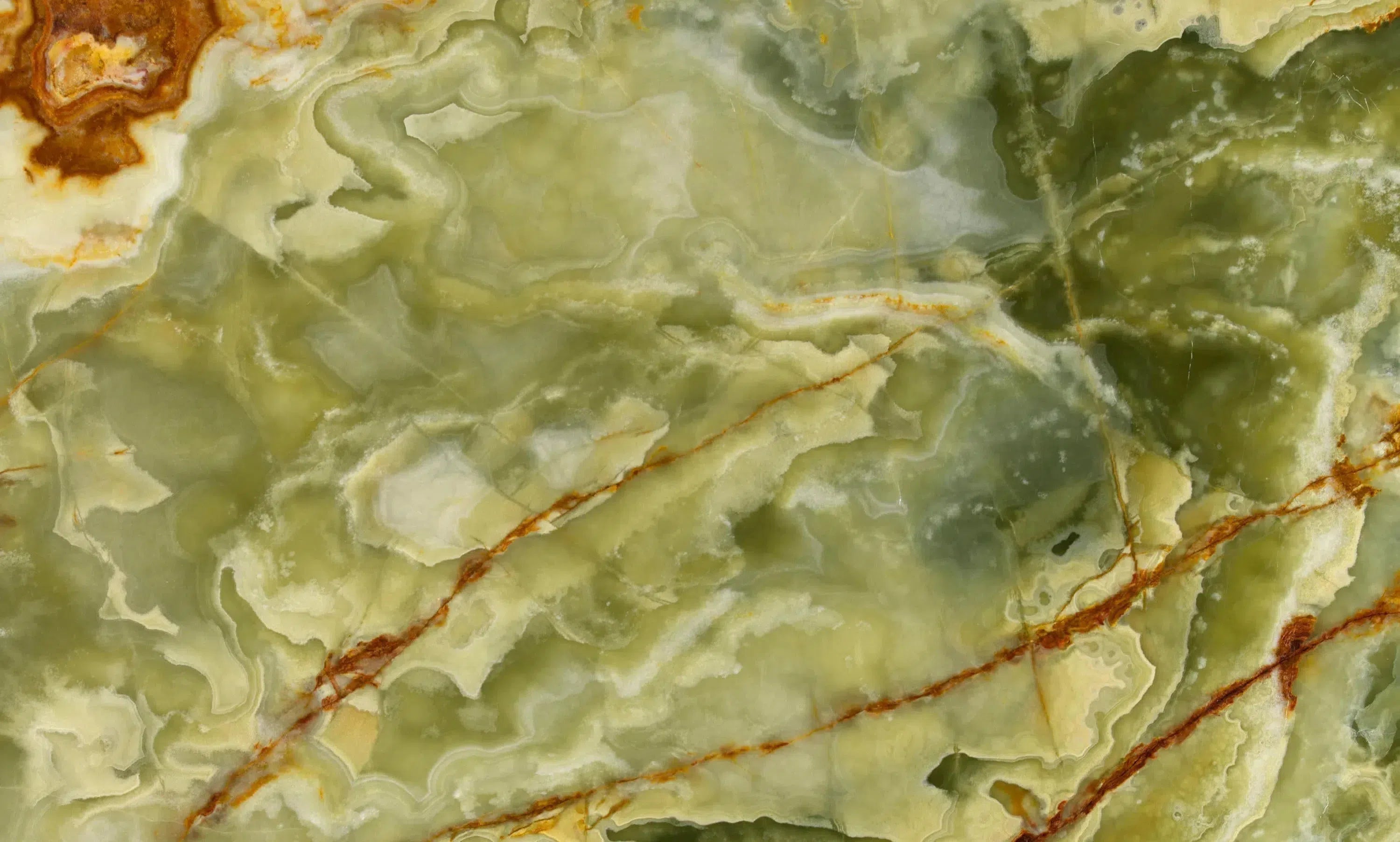 Green Onyx Marble
Green Onyx Marble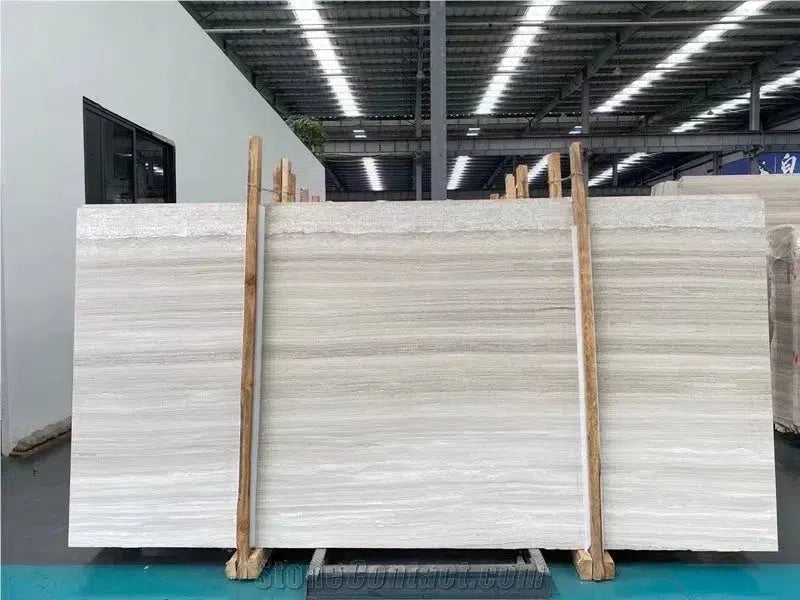 Haisa Light (White Wood) Limestone
Haisa Light (White Wood) Limestone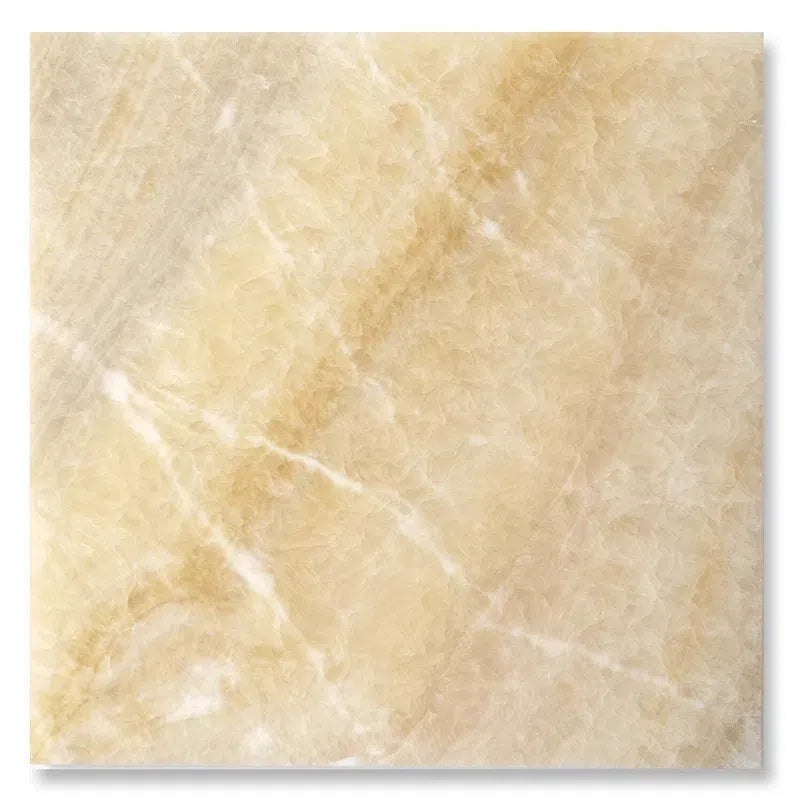 Honey Onyx Marble
Honey Onyx Marble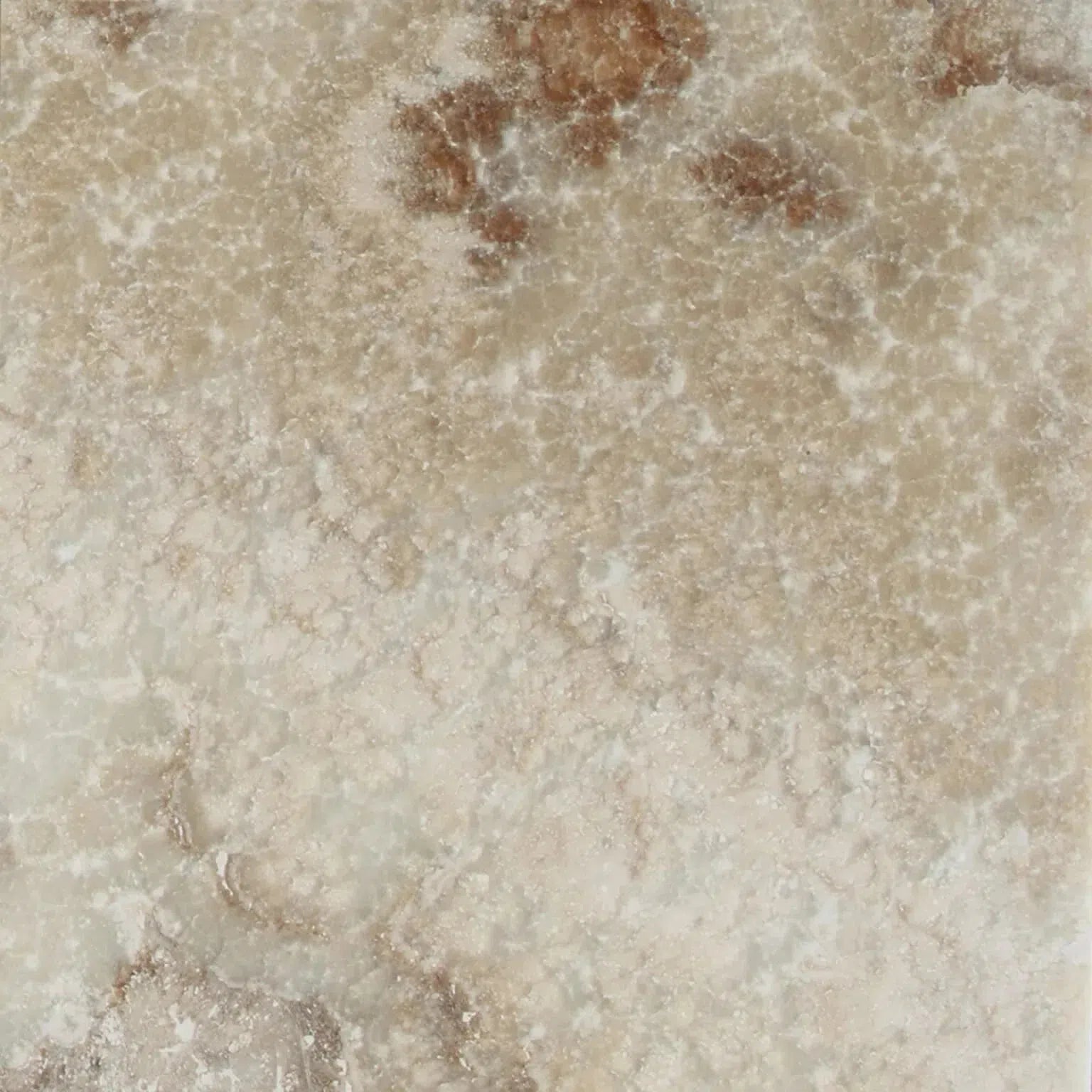 La Travonya Travertine
La Travonya Travertine Malibu Travertine
Malibu Travertine Mink (Equator) Marble
Mink (Equator) Marble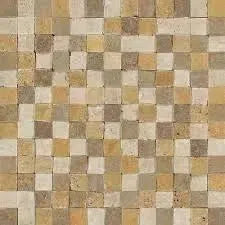 Mixed (Ivory-Noce-Gold) Travertine
Mixed (Ivory-Noce-Gold) Travertine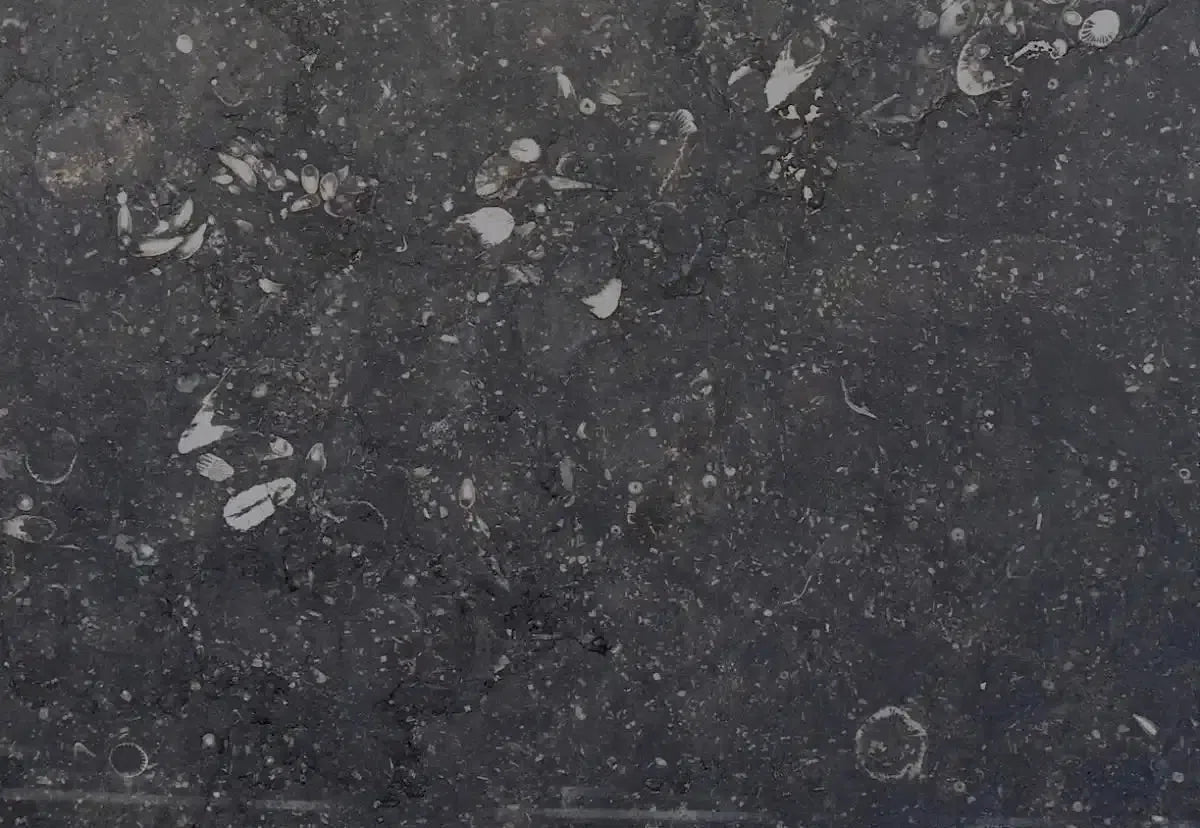 Pierre Bleue (Pierre Blue) Marble
Pierre Bleue (Pierre Blue) Marble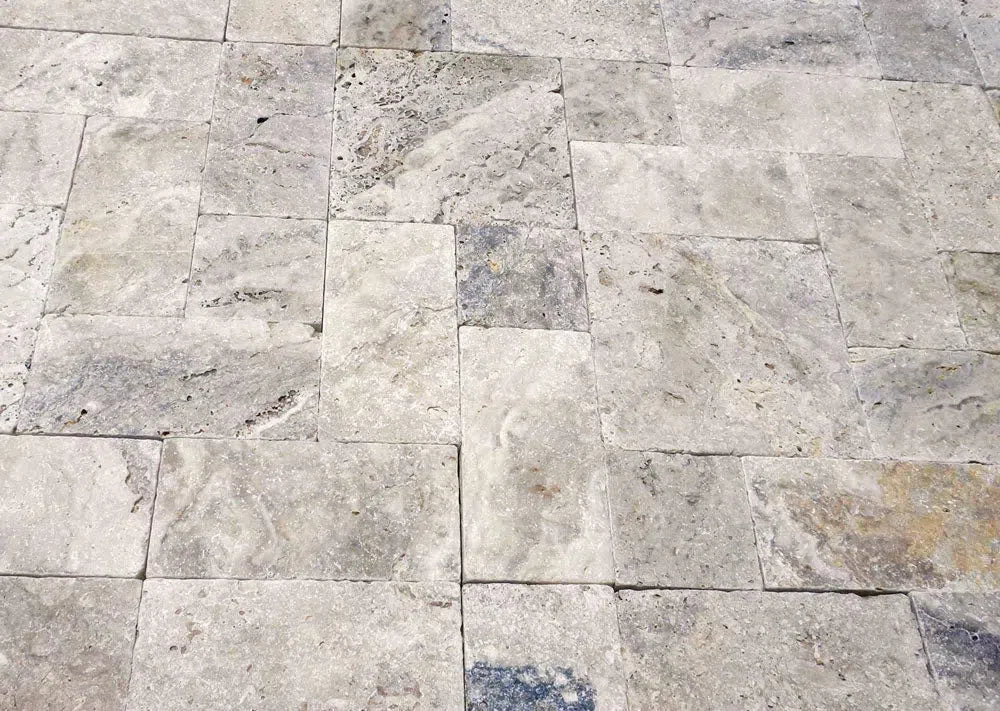 Philadelphia Travertine
Philadelphia Travertine Rosé Aurora Marble
Rosé Aurora Marble Rosetta Storm Marble
Rosetta Storm Marble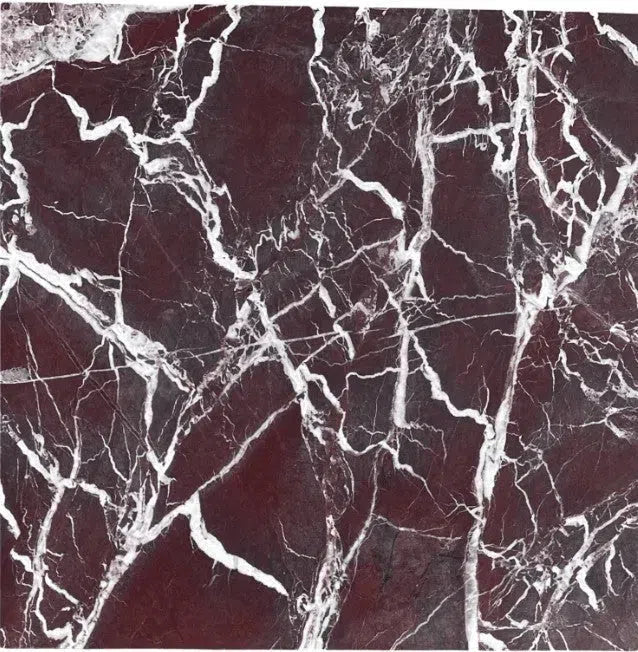 Rosso Levanto Marble
Rosso Levanto Marble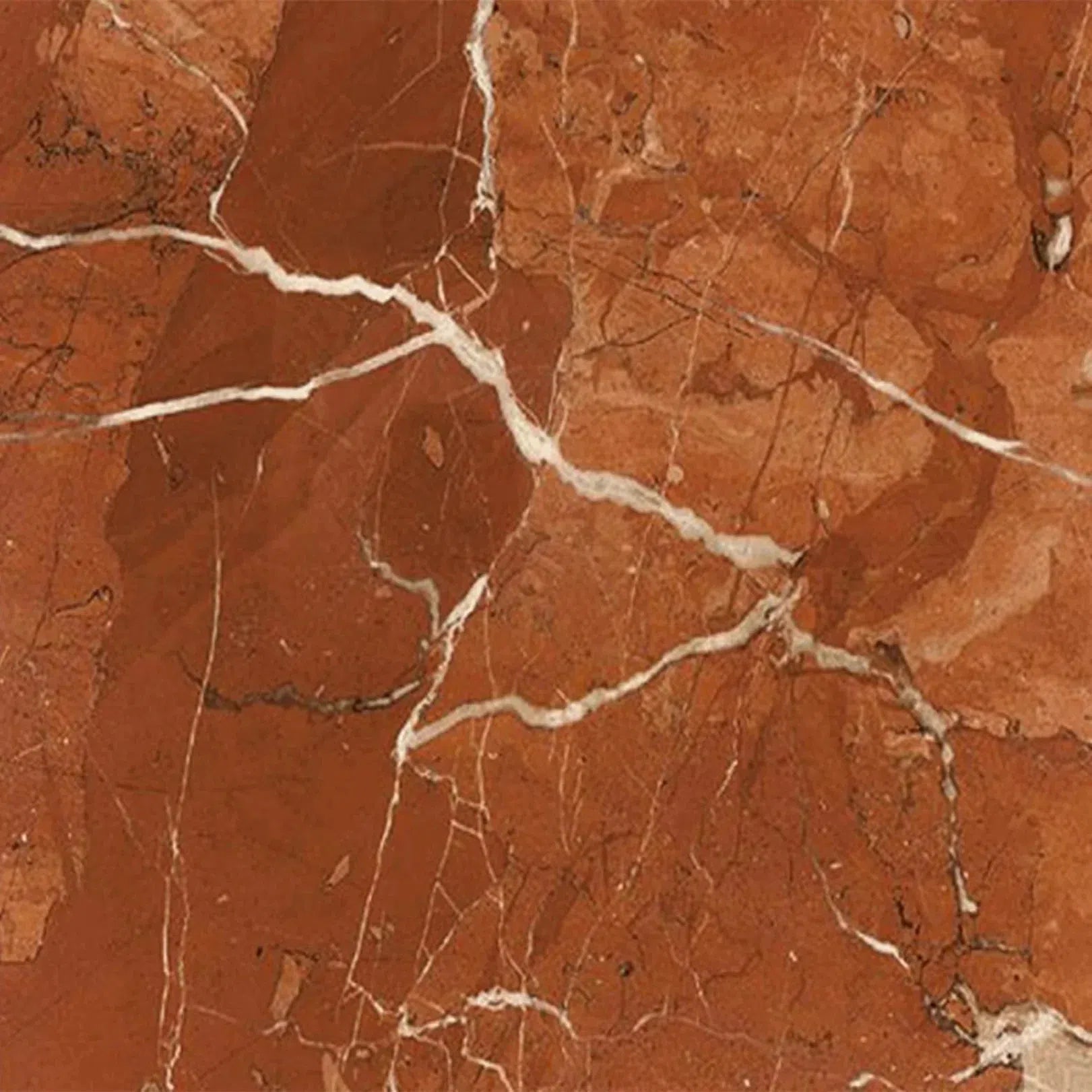 Rojo Alicante Marble
Rojo Alicante Marble Sahara Ember Marble
Sahara Ember Marble Sky Blue | Azul Cielo Marble
Sky Blue | Azul Cielo Marble Snow White (Afyon White) Marble
Snow White (Afyon White) Marble Spanish Mix Marble
Spanish Mix Marble Storm Gray Marble
Storm Gray Marble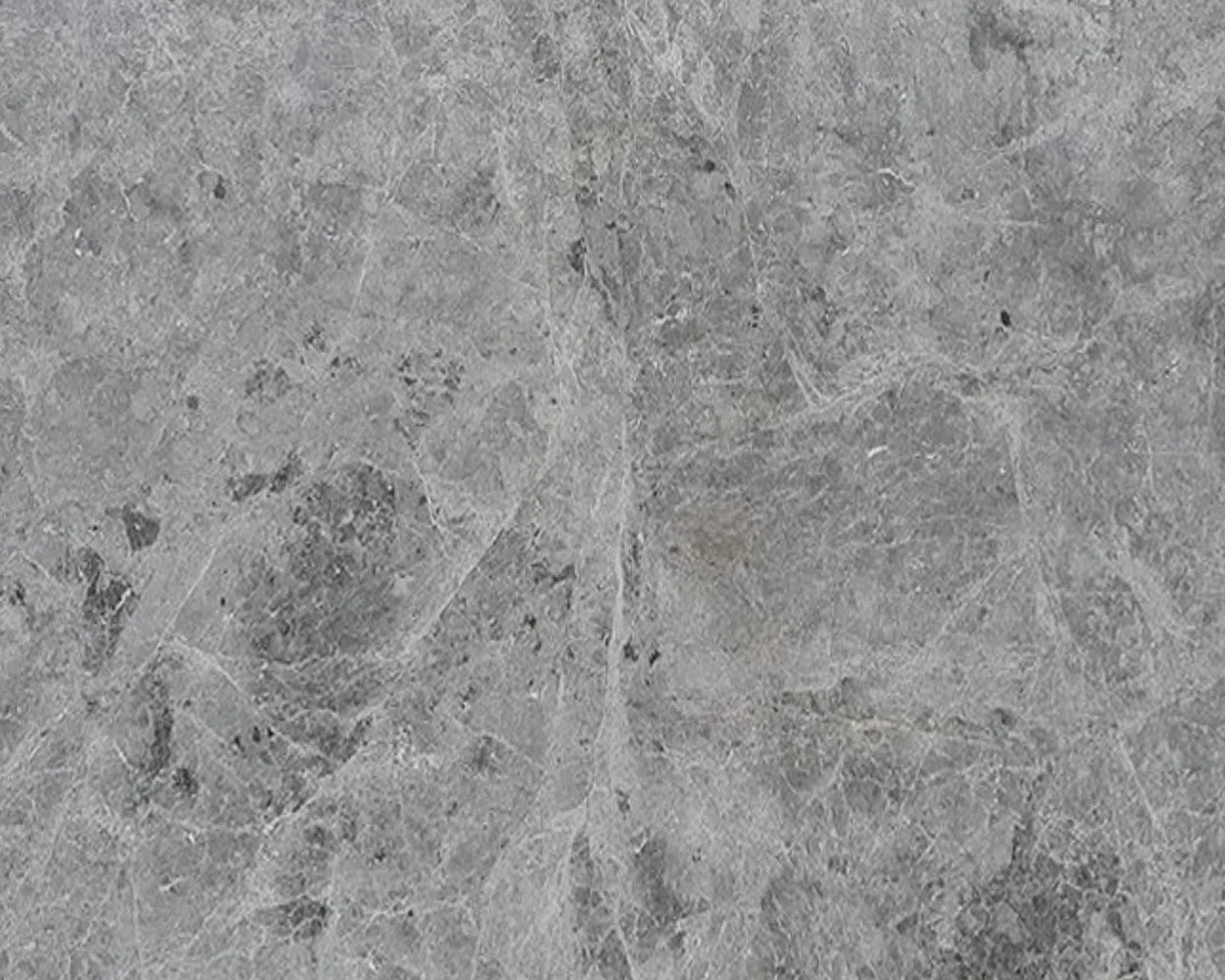 Tundra Gray (Atlantic Gray) Marble
Tundra Gray (Atlantic Gray) Marble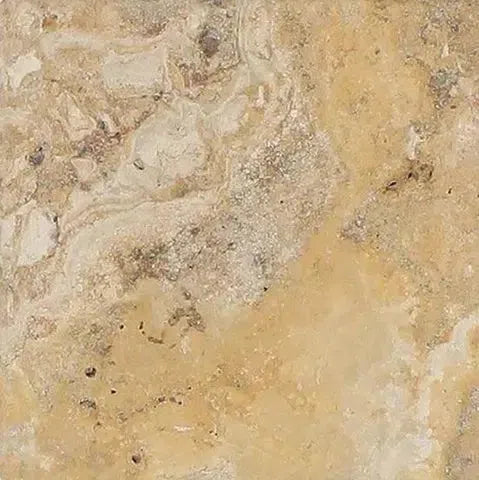 Valencia Travertine
Valencia Travertine Valerenga Travertine
Valerenga Travertine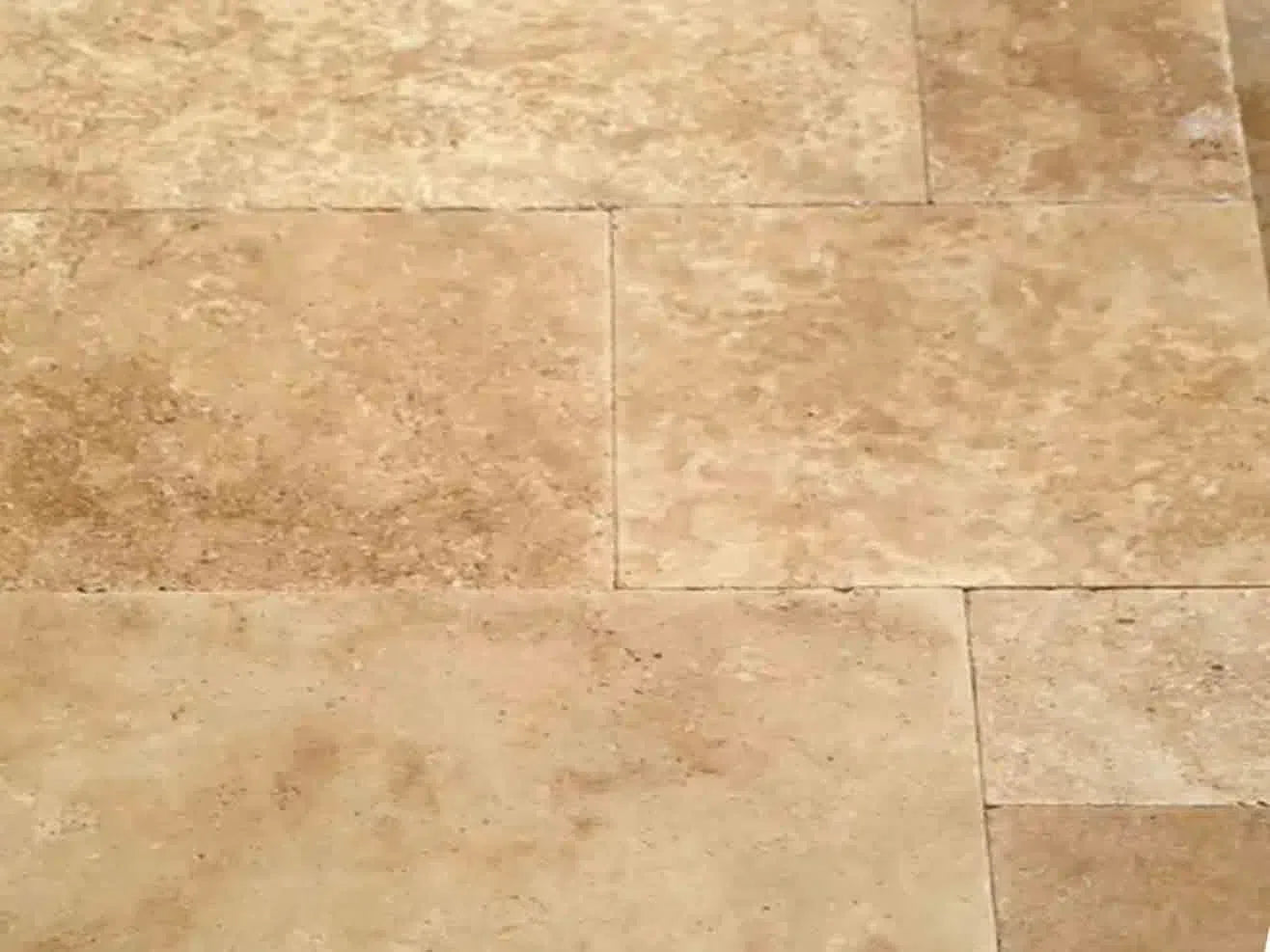 Walnut Travertine
Walnut Travertine White Onyx Marble
White Onyx Marble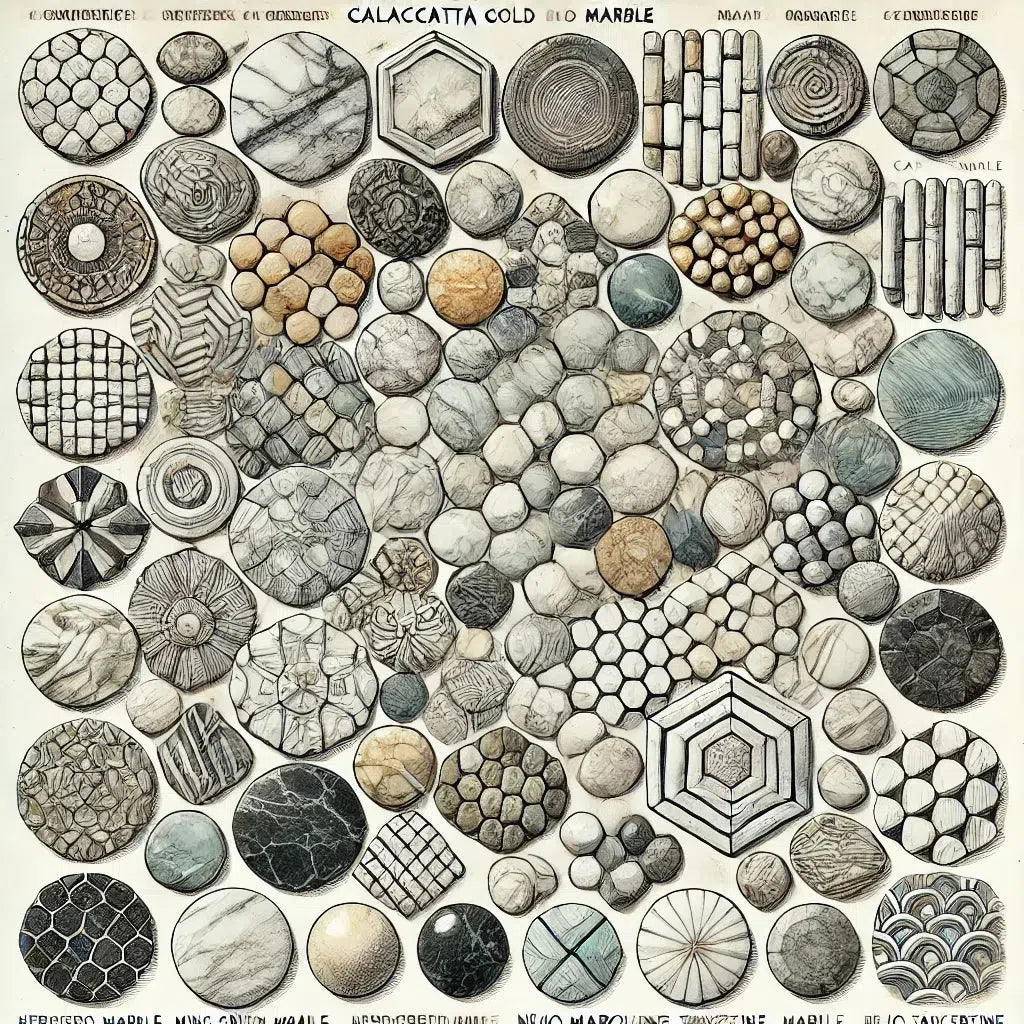 Shop By Type
Shop By Type
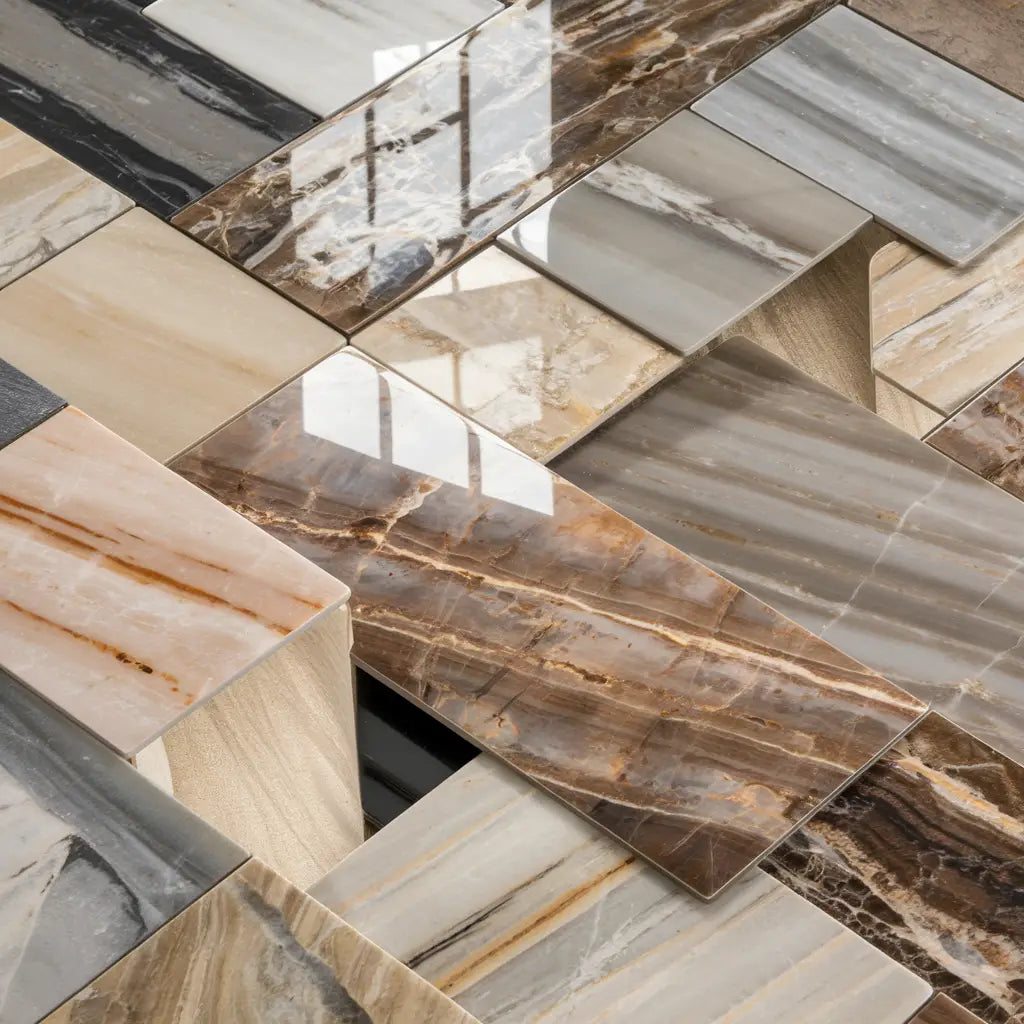 Marble Tiles
Marble Tiles Marble Mosaic
Marble Mosaic Travertine Tiles
Travertine Tiles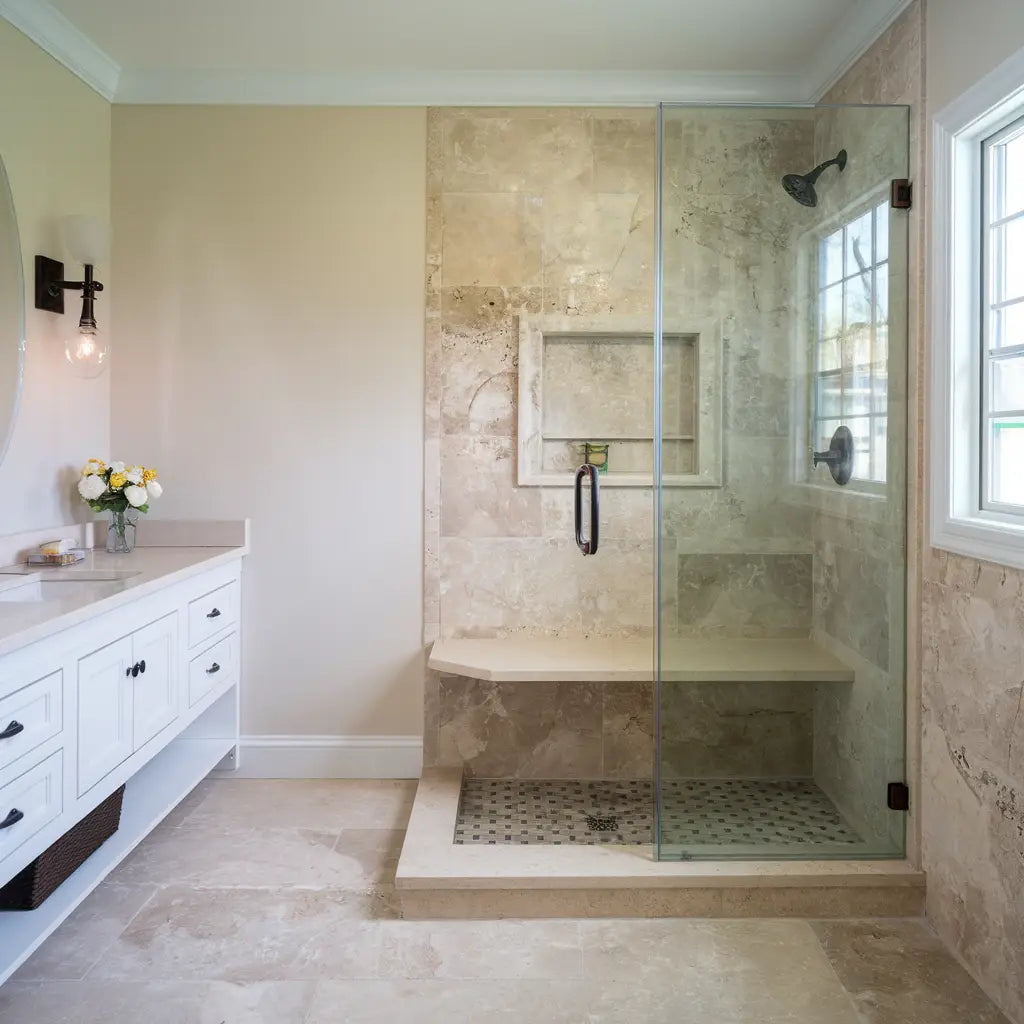 Travertine Mosaic
Travertine Mosaic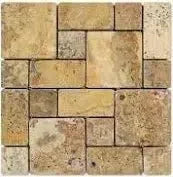 4 pcs Versailles Pattern / French Pattern Set
4 pcs Versailles Pattern / French Pattern Set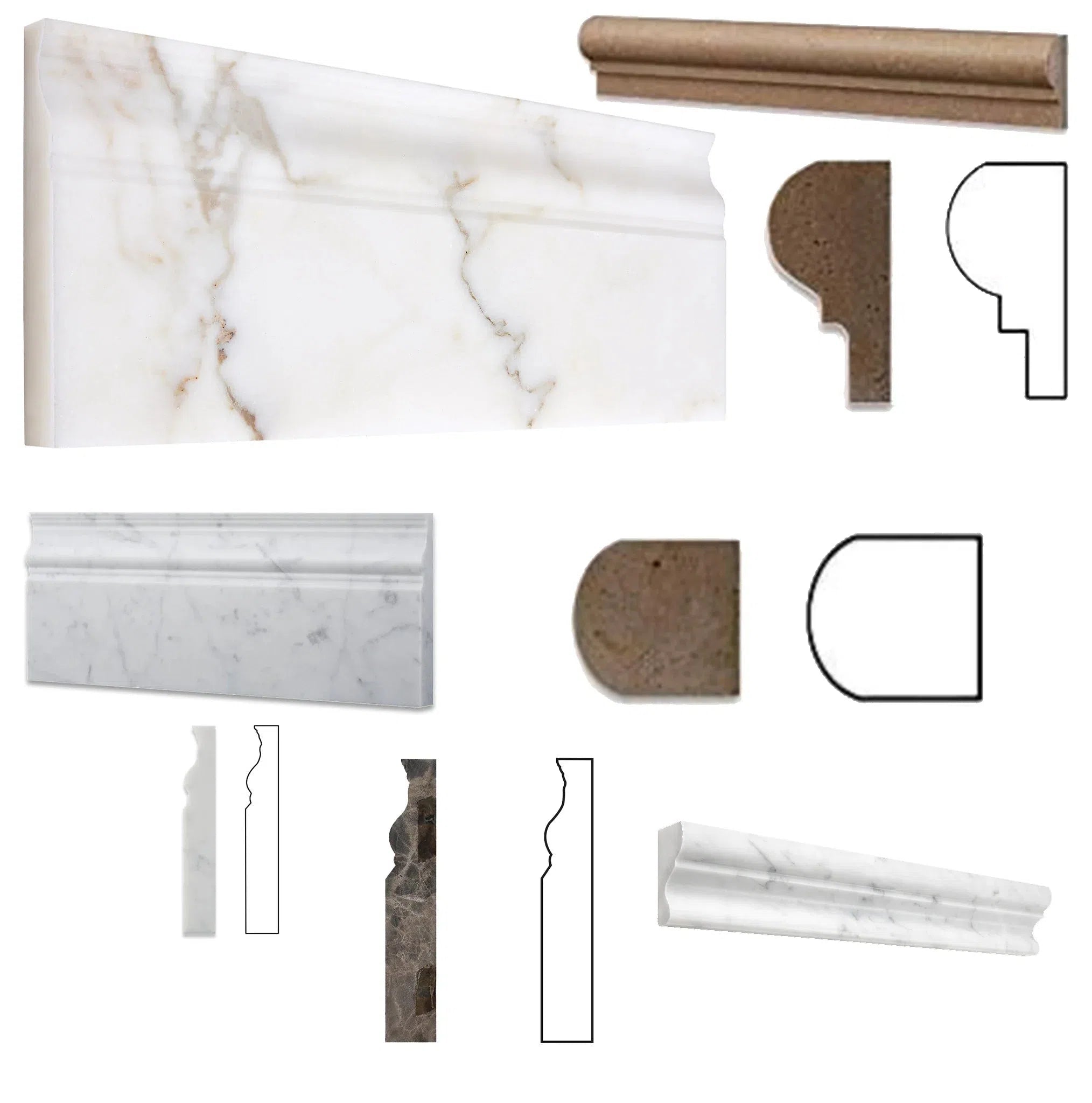 Molding/Trim
Molding/Trim Border/Listello
Border/Listello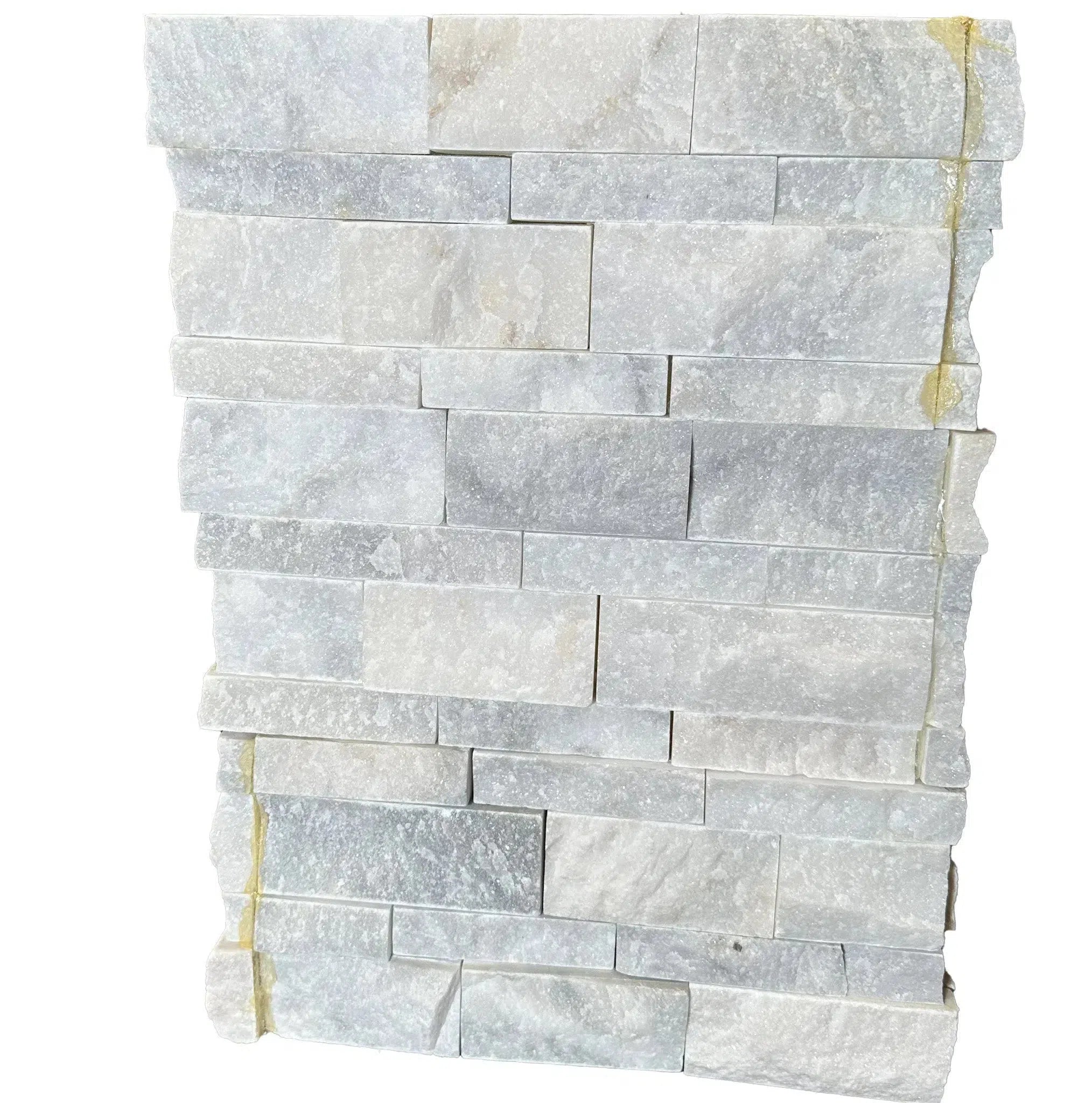 Ledger-Panel
Ledger-Panel Checkerboard
Checkerboard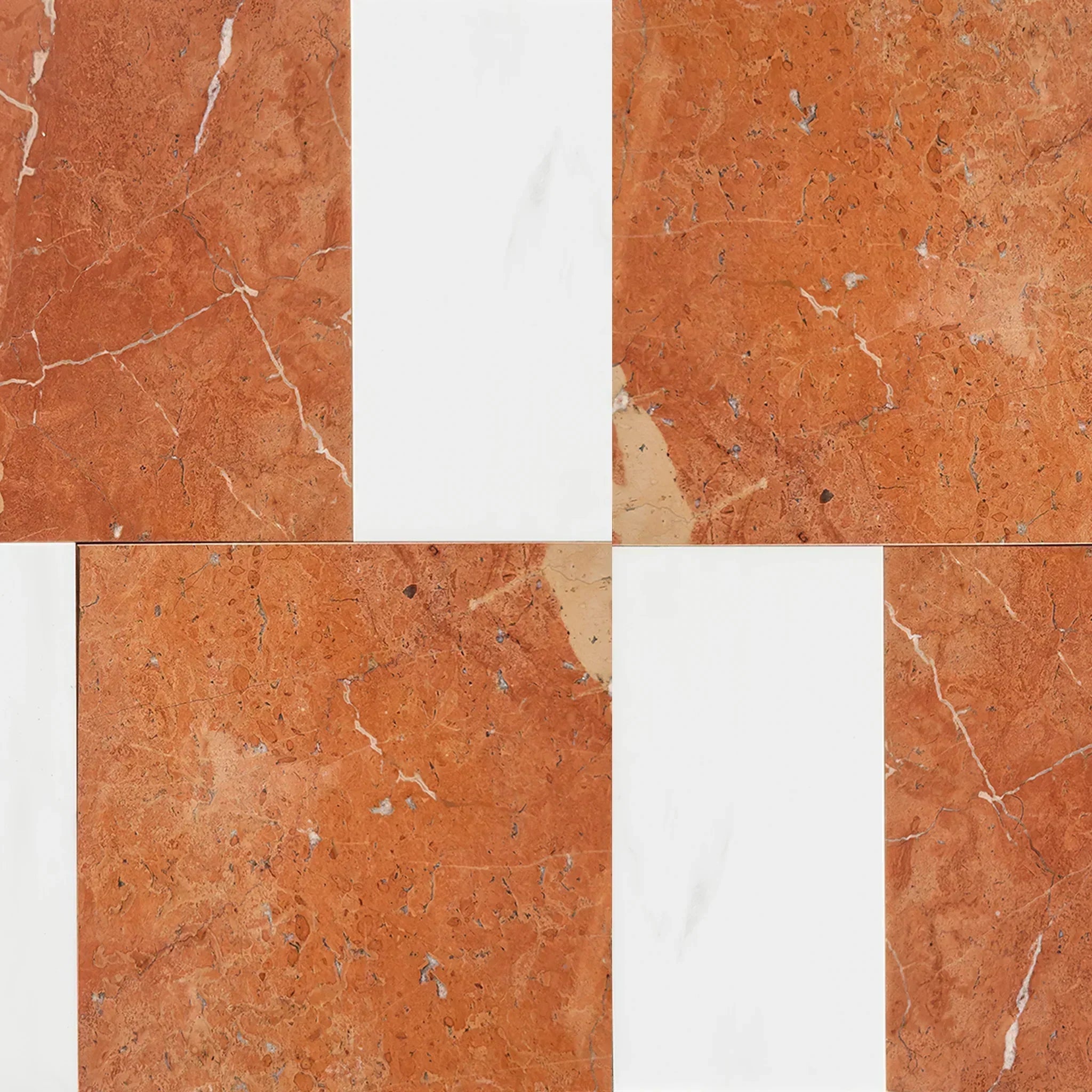 Patterned Tile Collection
Patterned Tile Collection  Shop By Finish
Shop By Finish
 Polished
Polished Honed
Honed Brushed
Brushed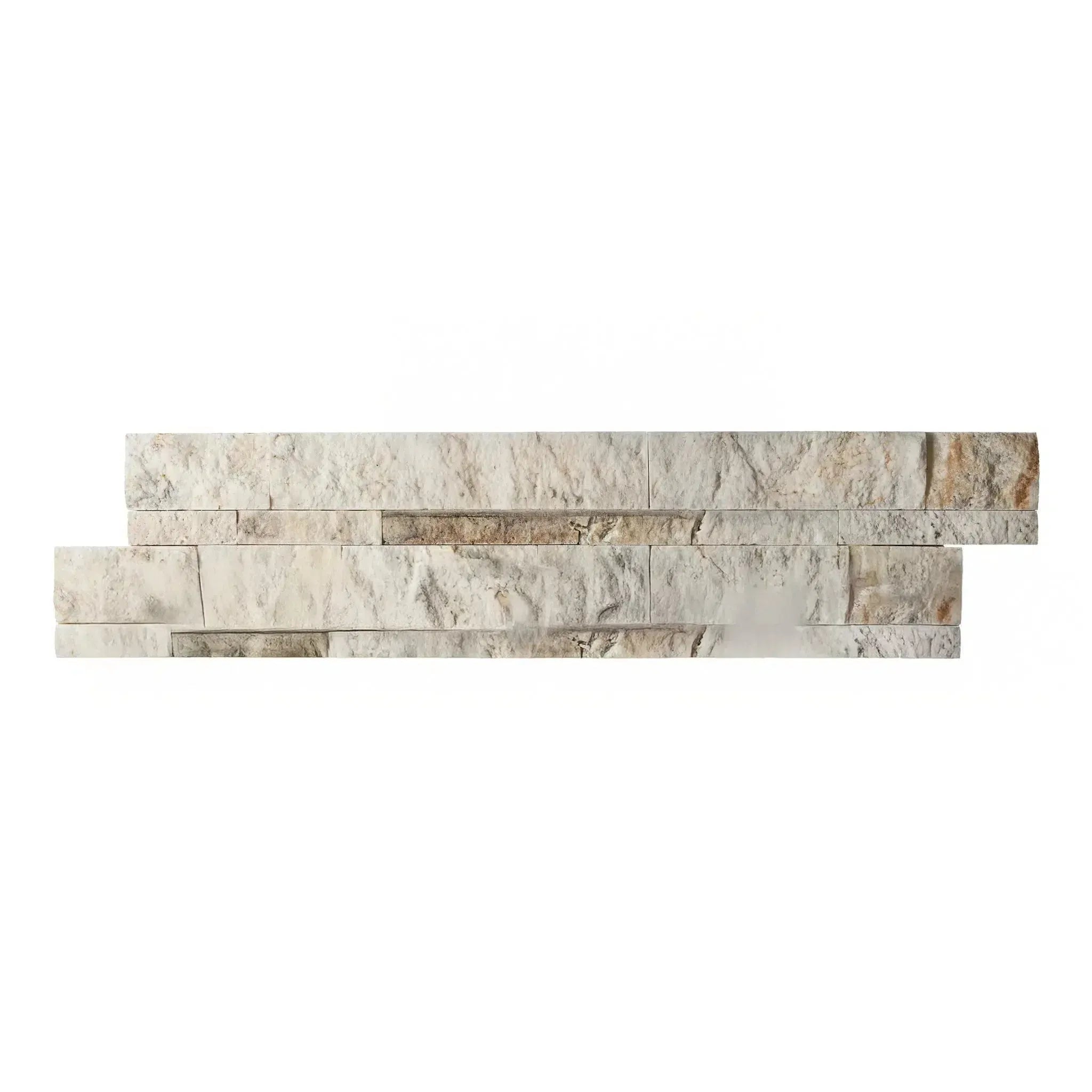 Split Face
Split Face Textured
Textured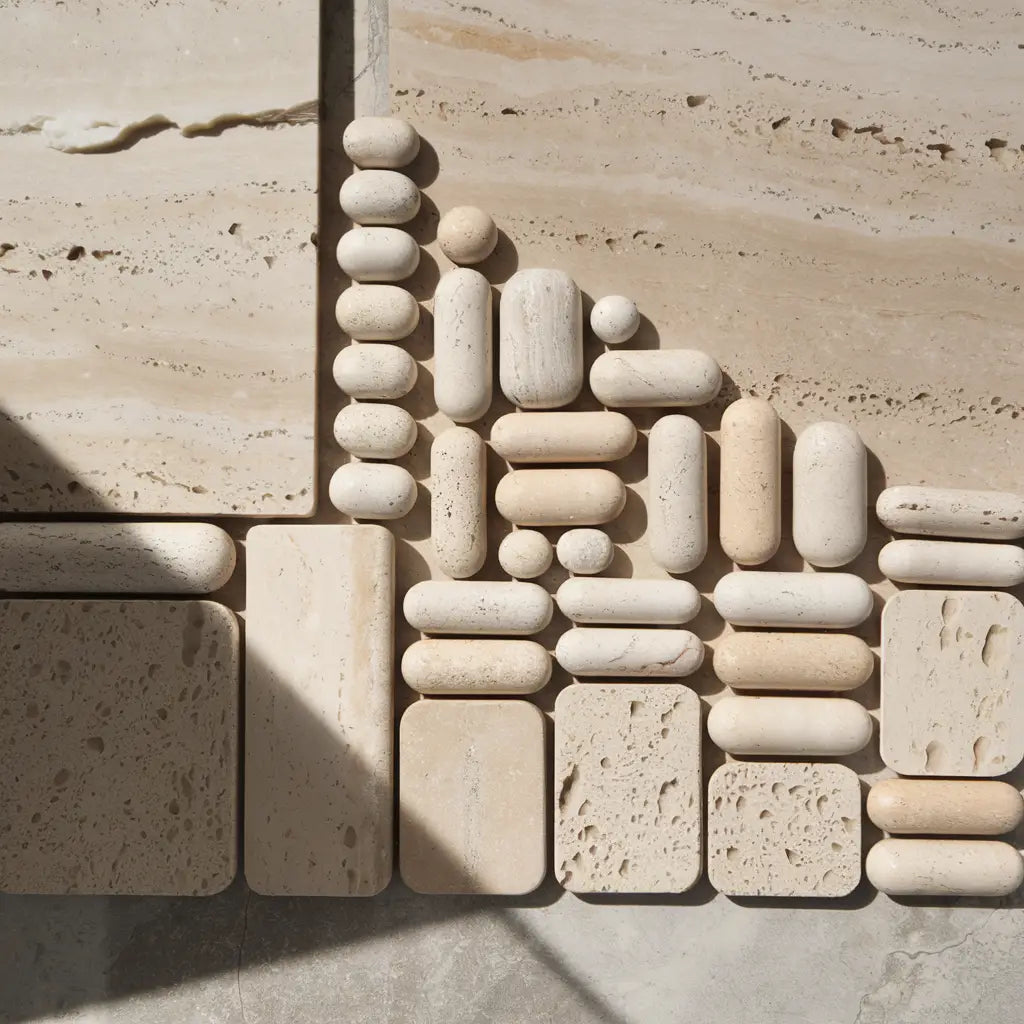 Tumbled
Tumbled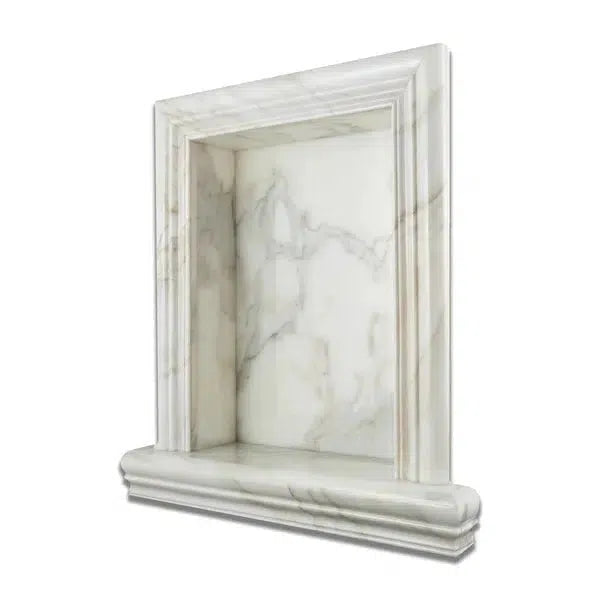 Accessories
Accessories
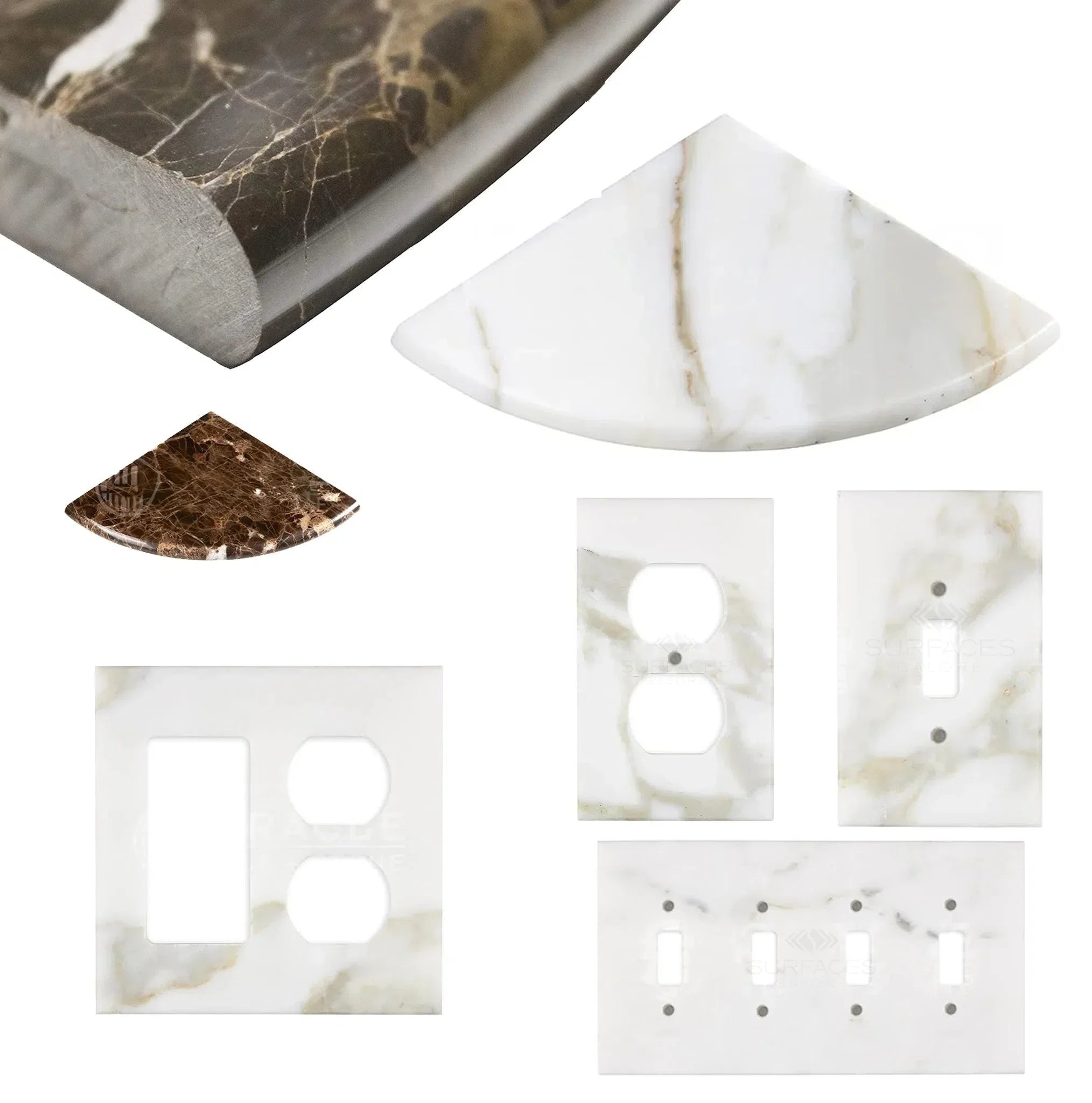 Wall Plate / Switch Plate
Wall Plate / Switch Plate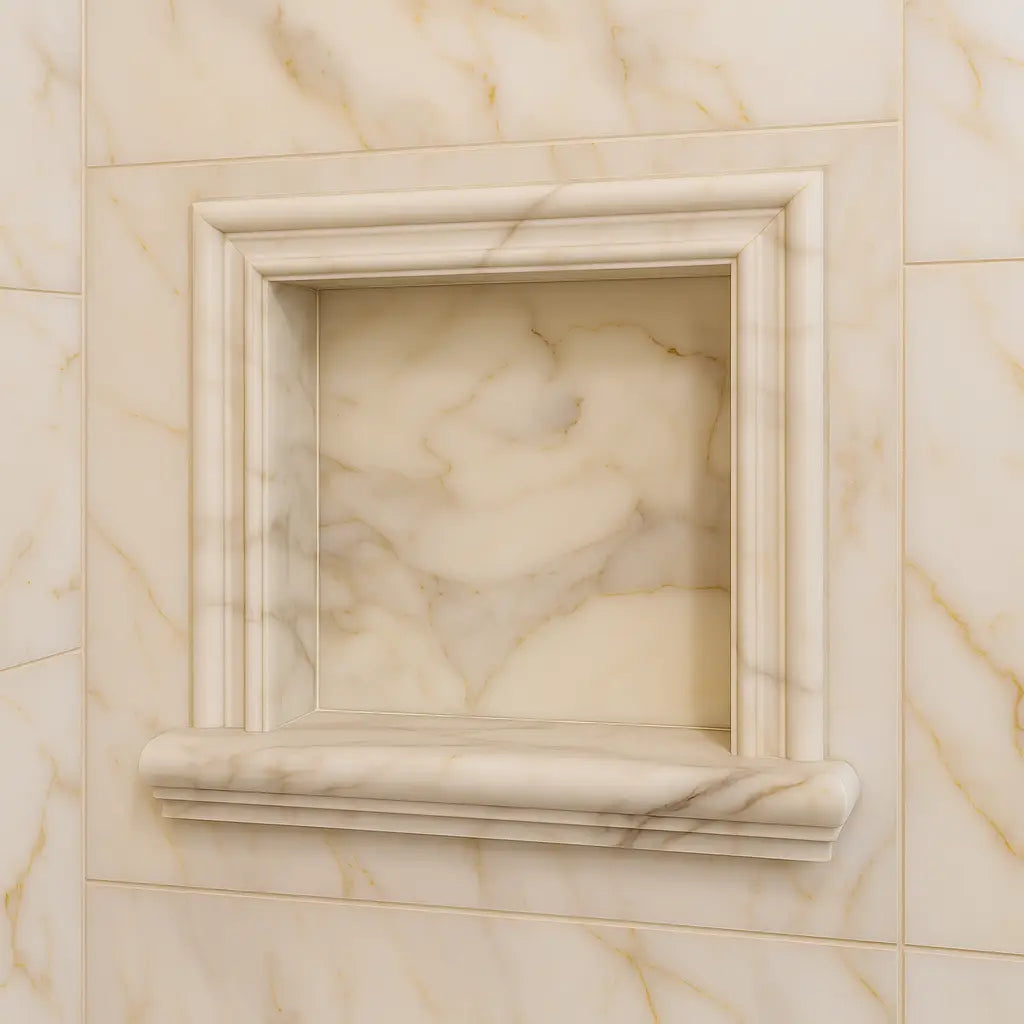 Shampoo Niche
Shampoo Niche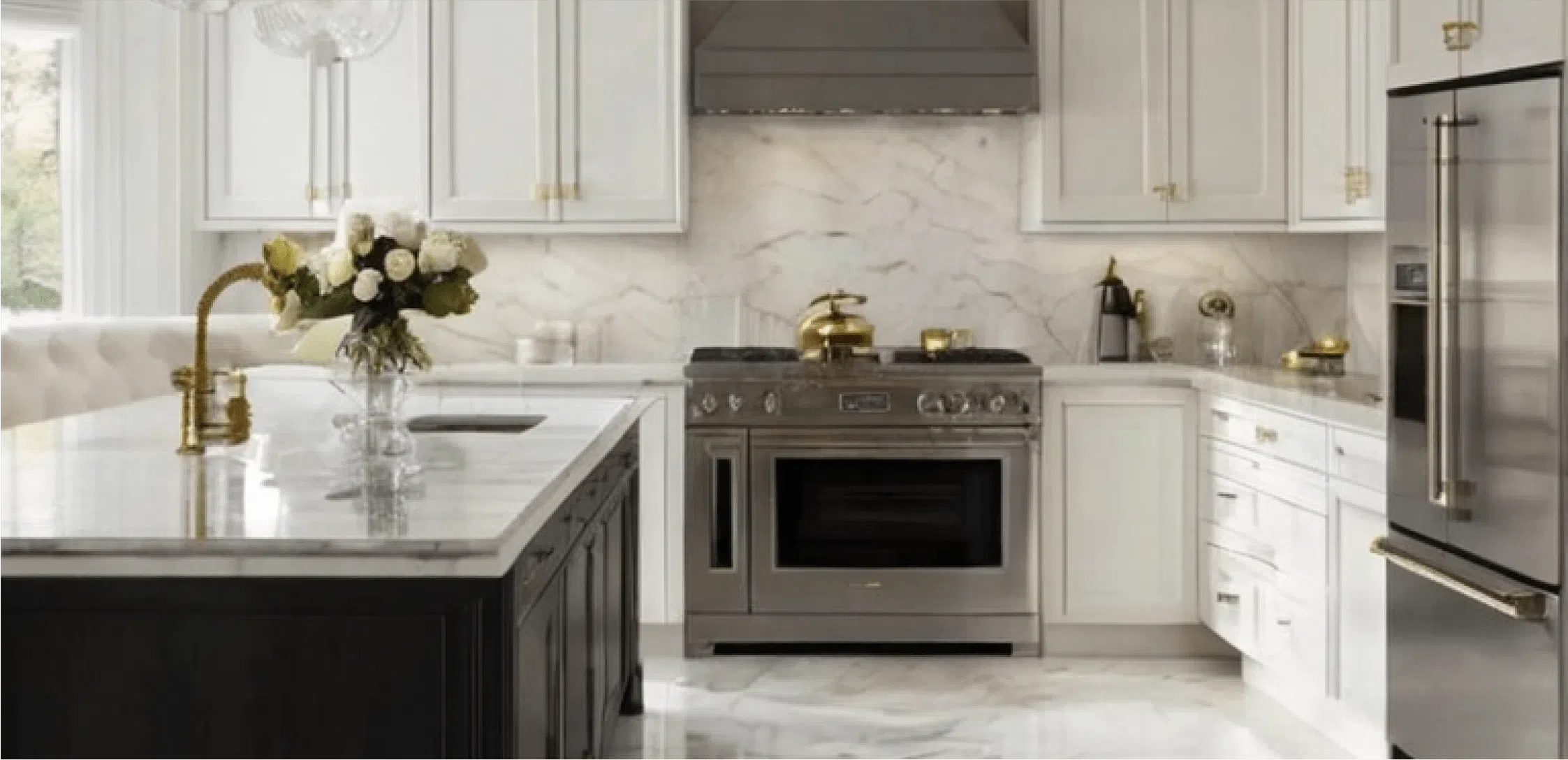 Corner Shelf
Corner Shelf Clearance
Clearance





Leave a comment